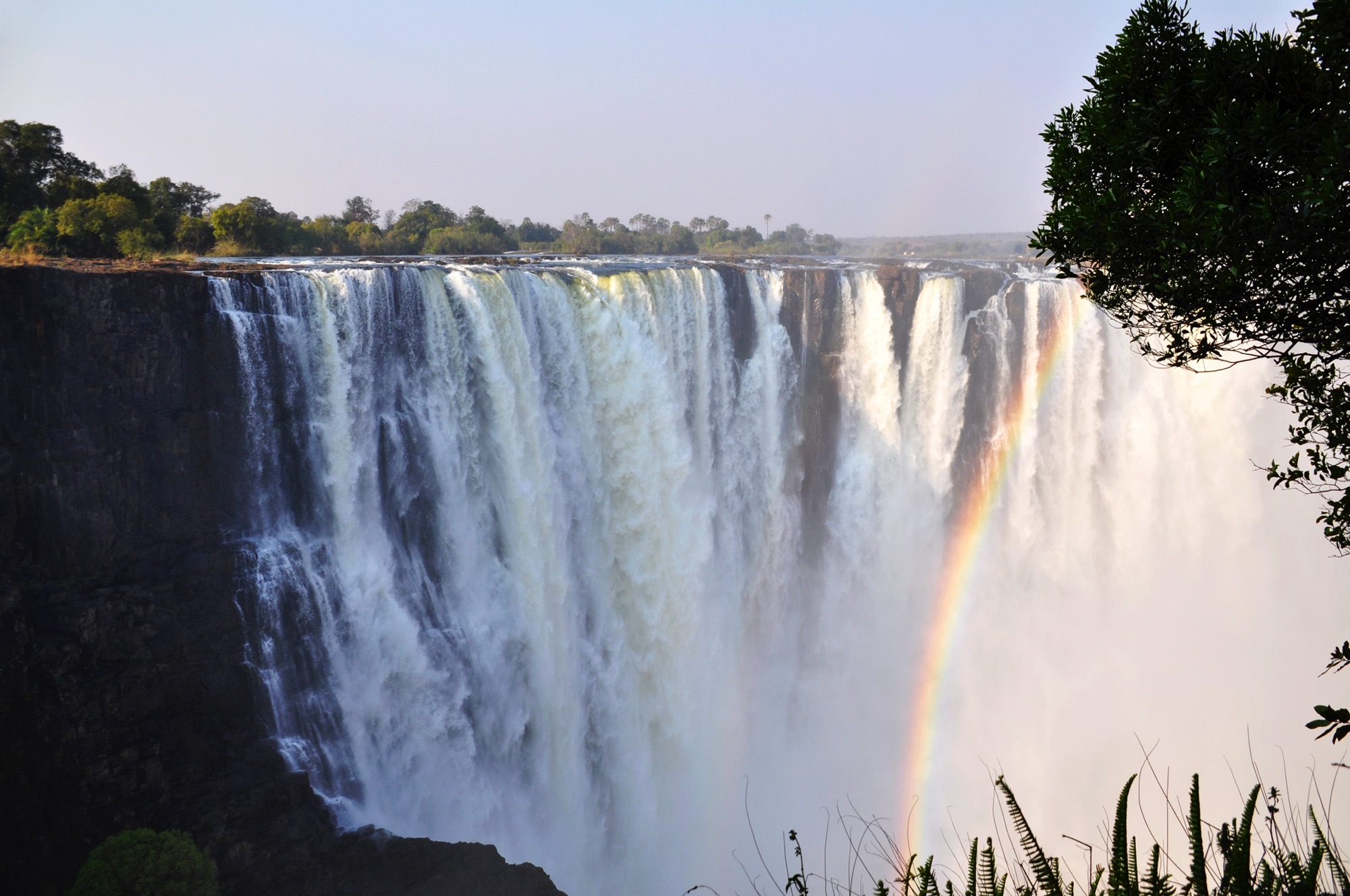
Text: Martina Hošková and M. Zisso; Photo: Václav Pavlas
Václav and I started preparing for our trip to Africa about a year before the departure. When the day finally came, we left Prague at 6pm aboard Ethiopian Airlines, safely arriving at Victoria Falls in Zimbabwe the next day at lunchtime. After exploring the beauties of this amazing place, we set off on a seven-day trip from Zimbabwe via Botswana to South Africa. Now, we would like to invite you to explore Africa with us. And, who knows, perhaps you’ll discover some valuable insights that could help you navigate your own adventures on the continent in the future.
Never underestimate the preparation
A trip to Africa is not like a drive to another EU country – we started preparing for our trip about a year before the departure. First, we did the usual check-up about visas and passport validity requirements – which was at least six months in this case. Next, we learned about each country’s vaccination requests, since they may differ from place to place. The best solution was to consult a special clinic a few months before the trip so that they could give us the best advice, as well as a vaccination pass. We also obtained pills for health emergencies, especially against malaria. Getting good health and travel insurance for the trip is of course standard practice.
We wanted to go on a safari in Africa, so we spent some time checking to see which operator offers the best tours. We were especially interested in the size of the group, the level of the hotels, and a full-board option. We bought special new clothing for our adventure – the most recommended safari clothes colours are yellow, beige, and khaki. Mosquito-borne diseases are a big problem in Africa, so we took some special liquid and equipment to protect against them.
To be on the safe side, we also made copies of ALL our documents and registered at DROZD – the Voluntary Registration of Czech Citizens Traveling Abroad, which can help in case of emergency. We were planning to take many high-quality photos so we didn’t forget to pack our cameras, but modern-generation mobiles can take great pictures too.
When you order flight tickets, do it at least four months in advance – last-minute tickets are more expensive. There are a few options for flying to Africa. We chose to fly with Ethiopian Airlines from Prague – Frankfurt – Addis Ababa – Victoria Falls. And on our way back home from Kilimanjaro – Addis Ababa – Vienna – Prague. Plus, we booked a few flights in Africa separately.
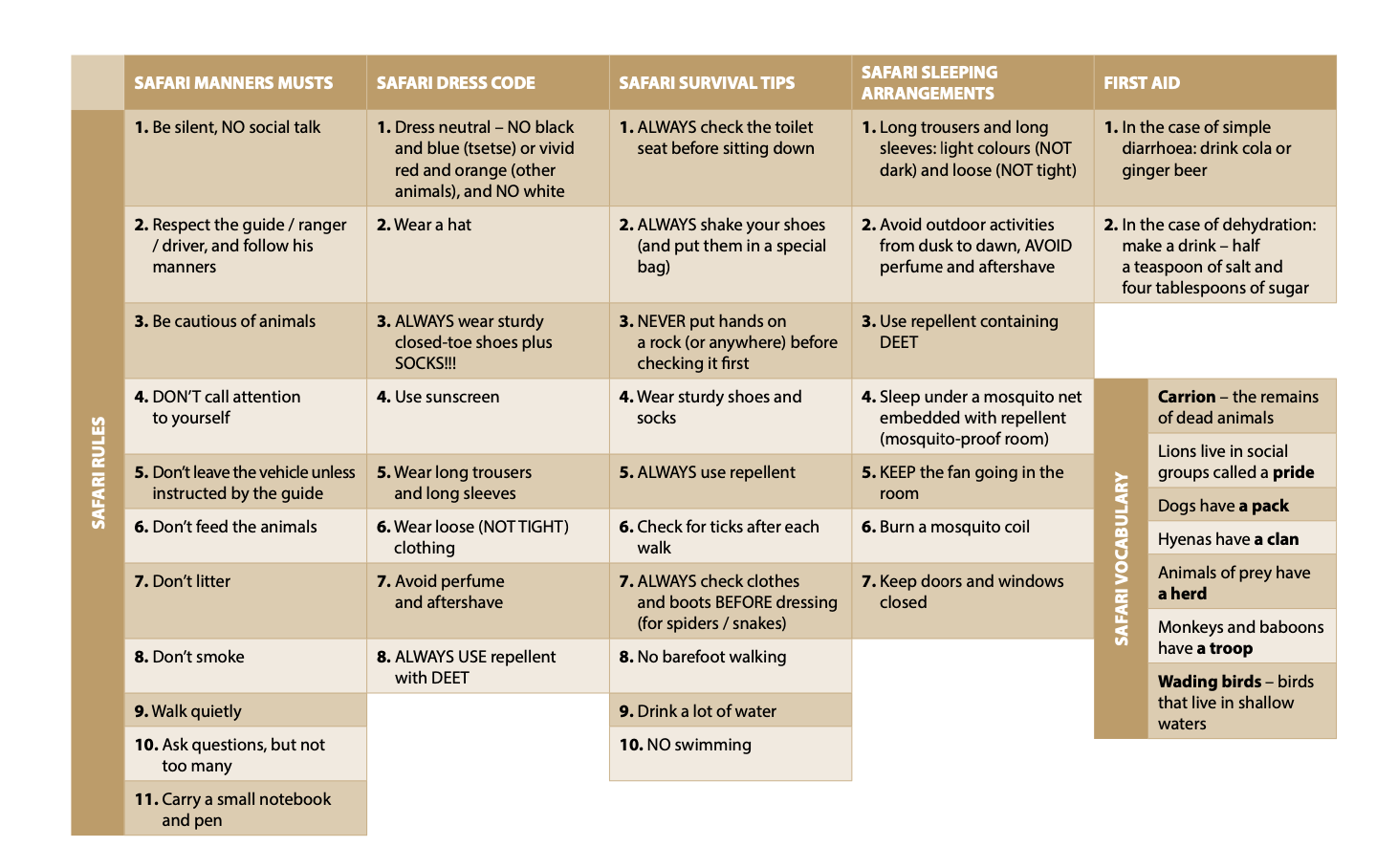
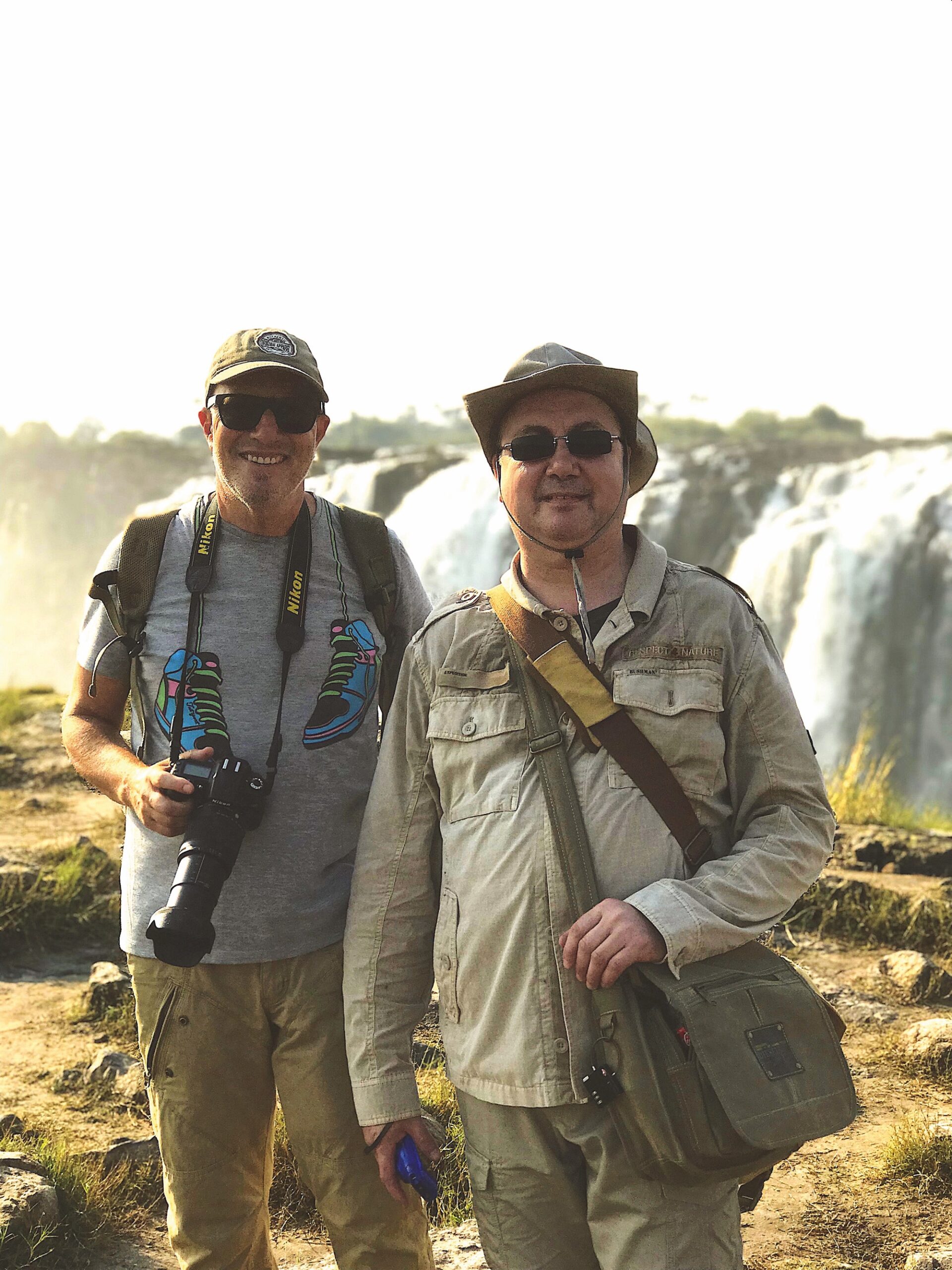
A little warm-up will do you good
Finally, the departure day was here so we left our boys (dogs) at the village with our family and began our long African journey. We left Prague at 6pm aboard Ethiopian Airlines, safely arriving at Victoria Falls in Zimbabwe the next day at lunchtime. We started exploring the area by taking a self-guided walk to the magnificent Victoria Falls, and paying a short visit to Victoria Falls town.
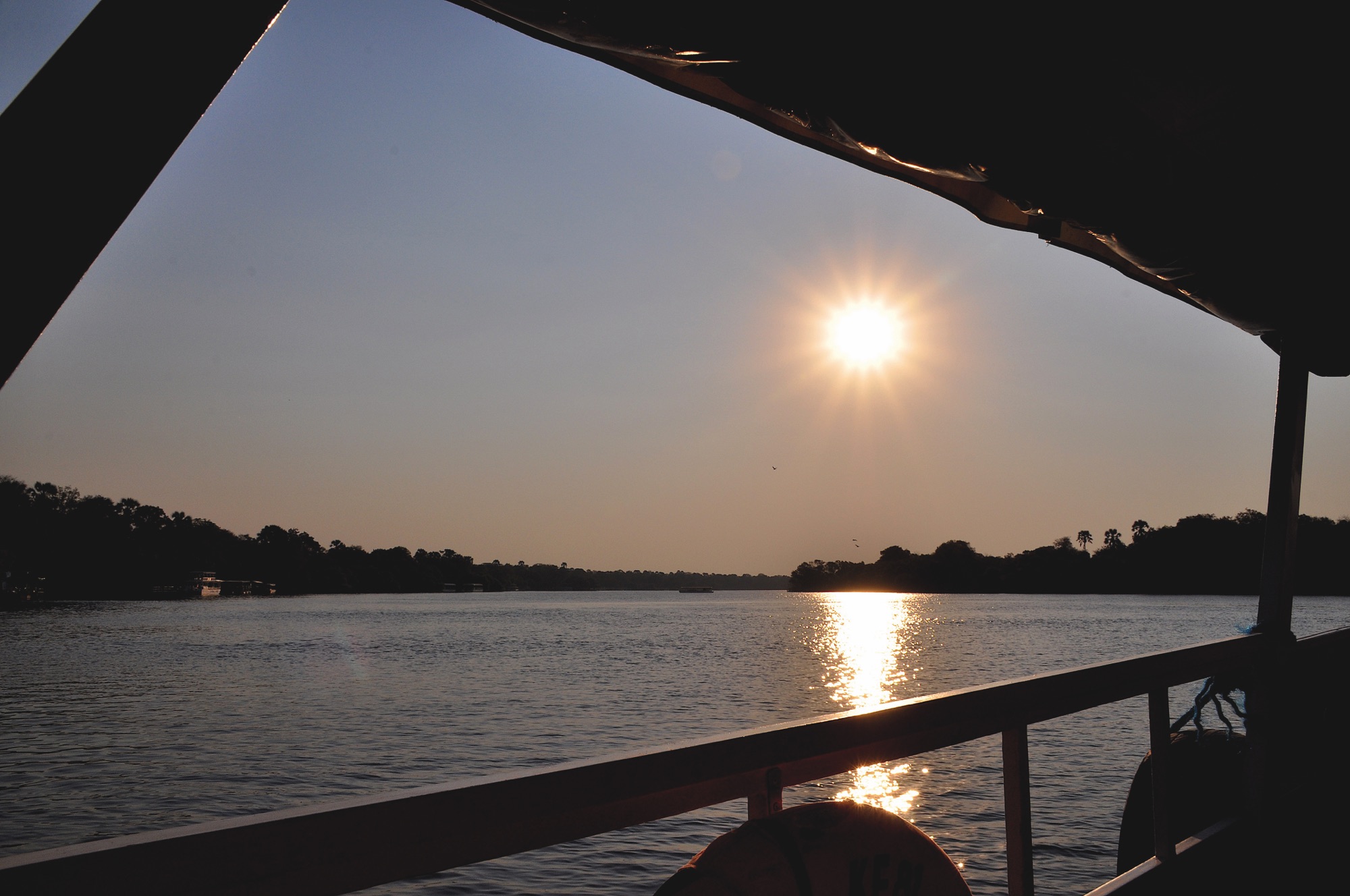
Be careful, there are “touts” walking around and selling anything – they can be very persuasive, and sometimes even annoying. The best thing to do is politely but firmly decline. Showing interest in their wares will give them hope and make them even more persistent, so don’t be tempted to stop and talk.
To nicely wrap up our day, we treated ourselves to a special romantic dinner with a great view aboard a cruise on the Zambezi River.
We then had one more free day before our organized tour started, which we used to visit Livingstone City, across the border in Zambia. There, we took a day tour that included a trip to Livingstone Island, swimming at the Devil Pool (of the Victoria Falls), eating a special local breakfast, and visiting Livingstone Town and the Elephant Café.
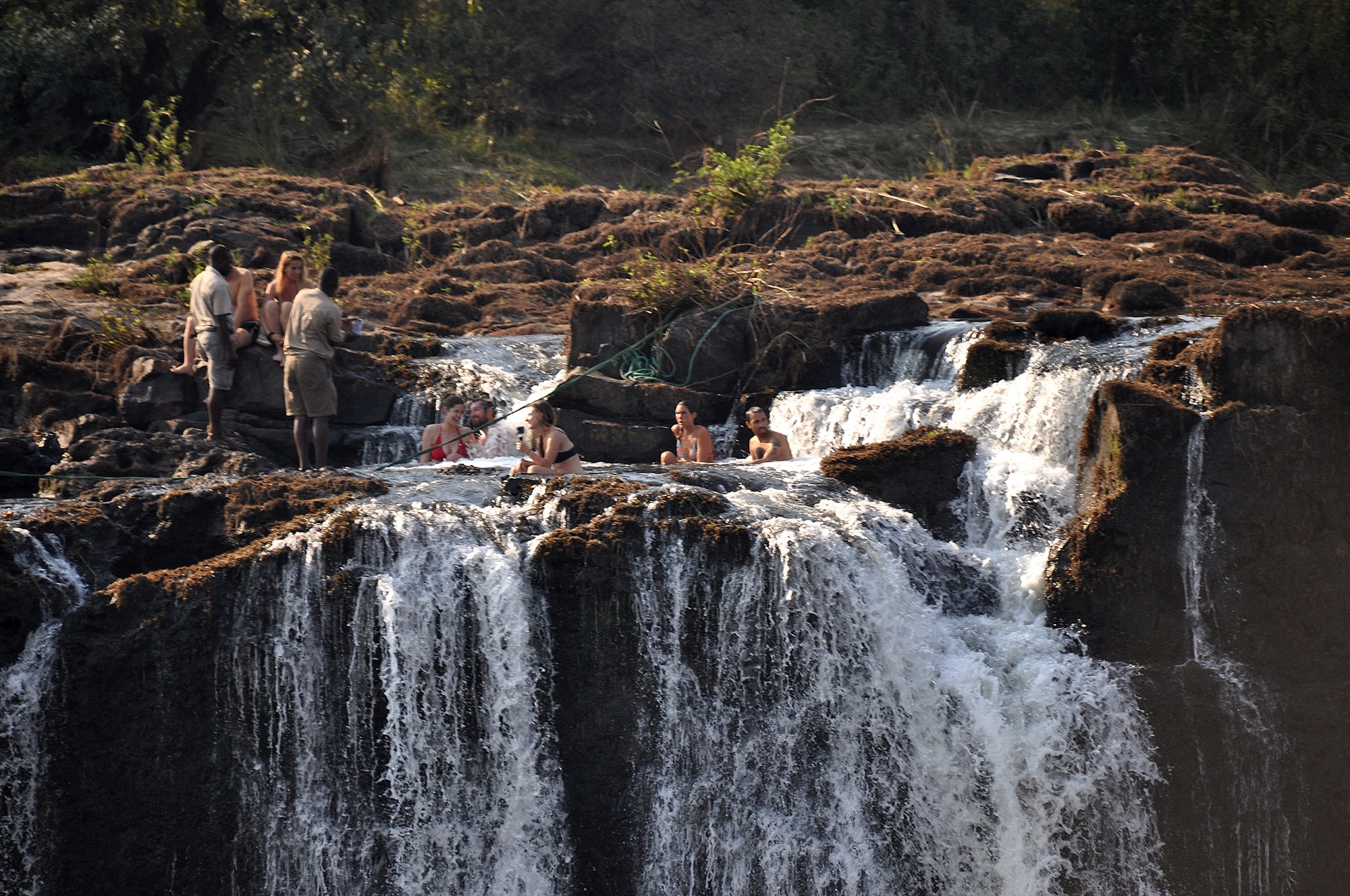
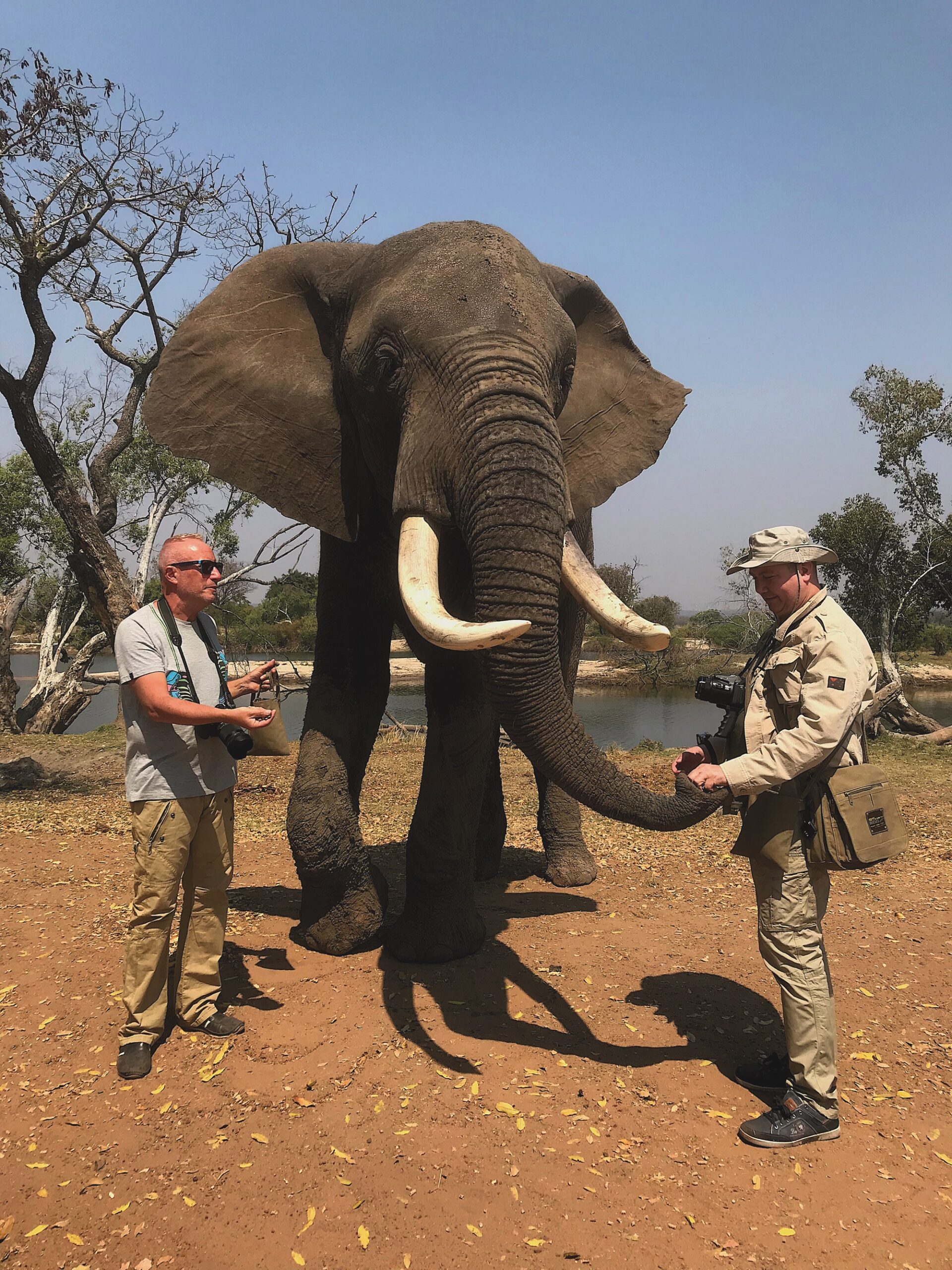
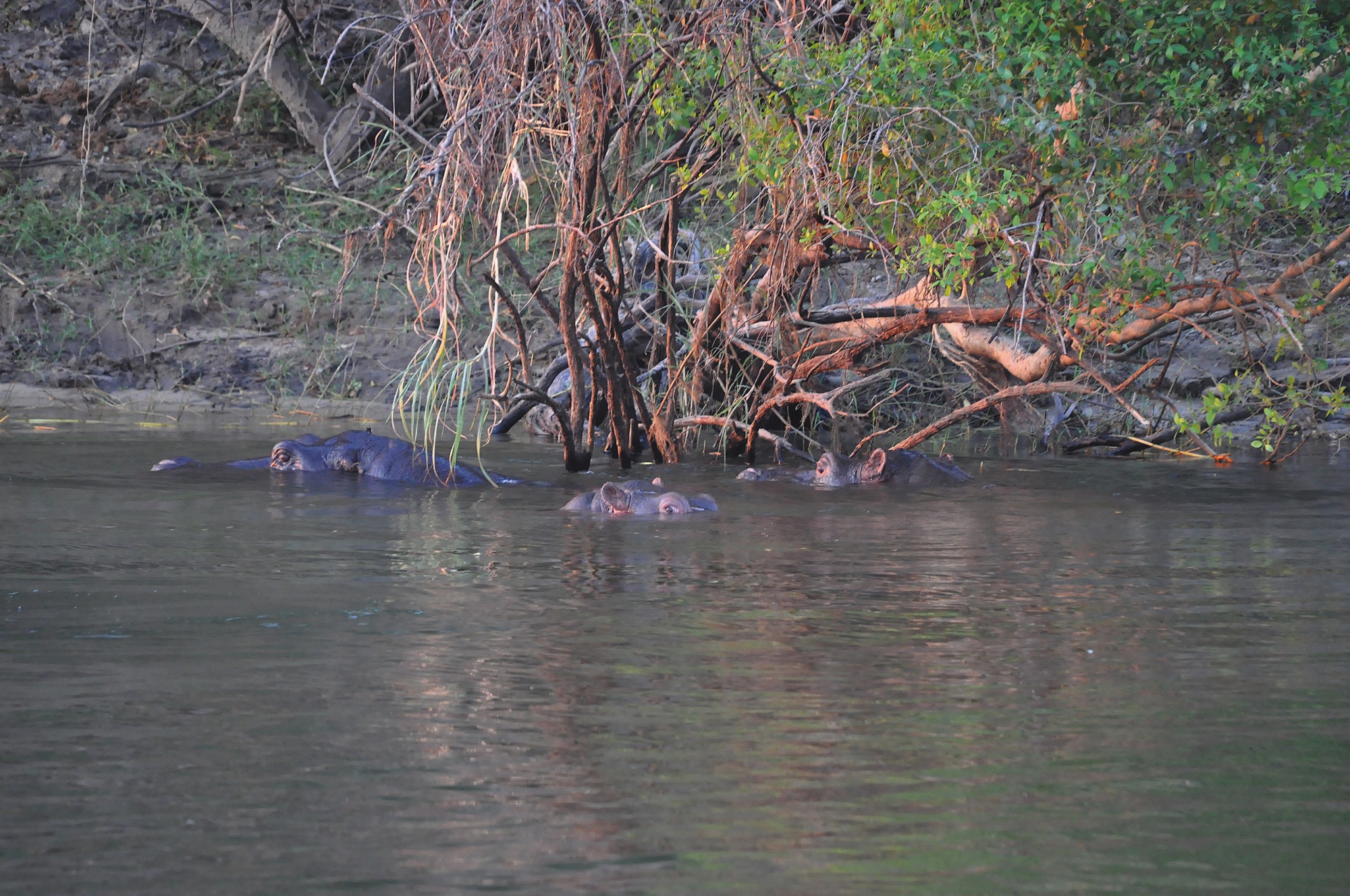
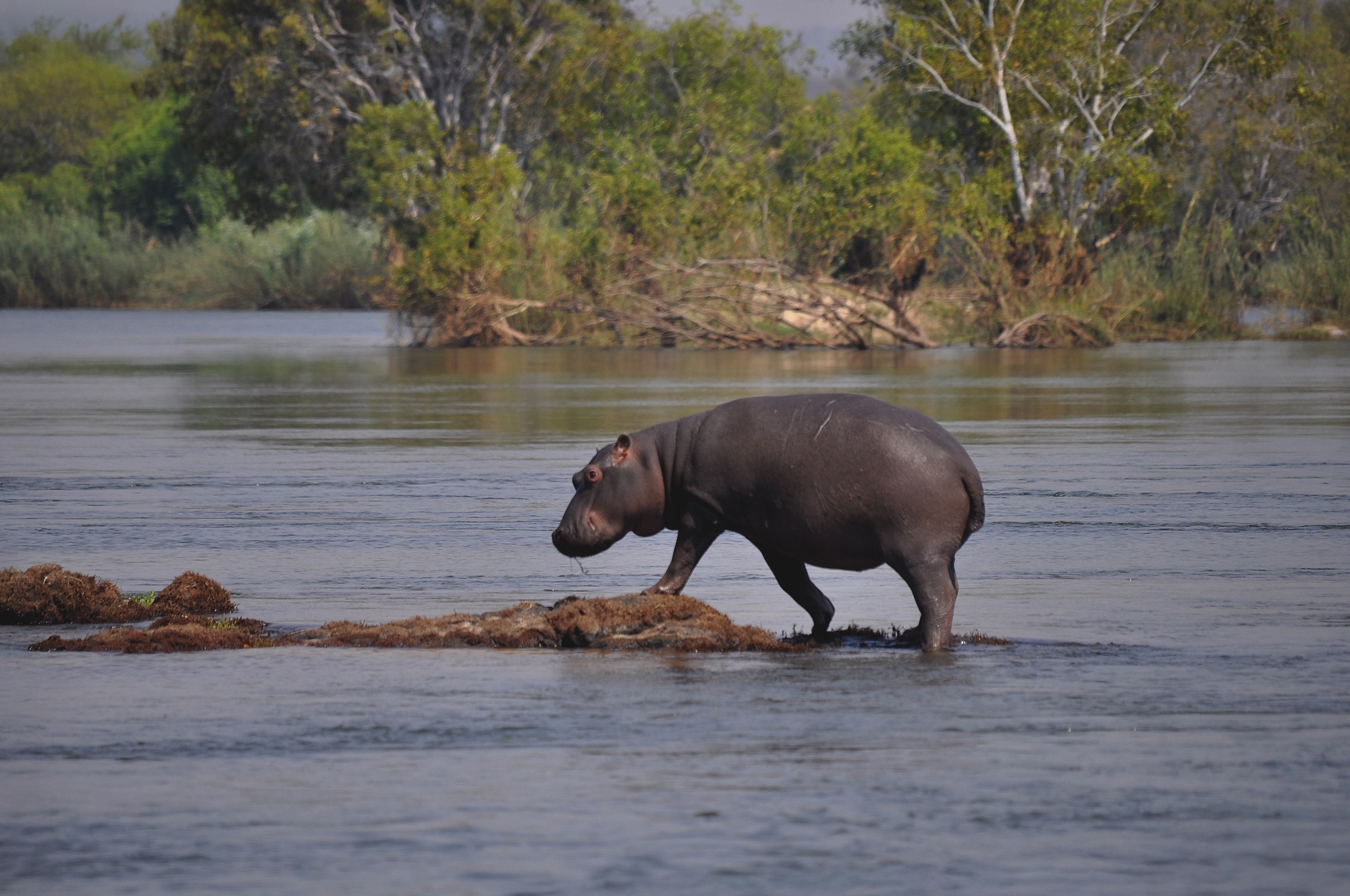

Then, back in our hotel on the Zimbabwe side, we took a walk to explore the Victoria Falls National Park, enjoying its panoramic view, and met our tour group to have a special safari BBQ.
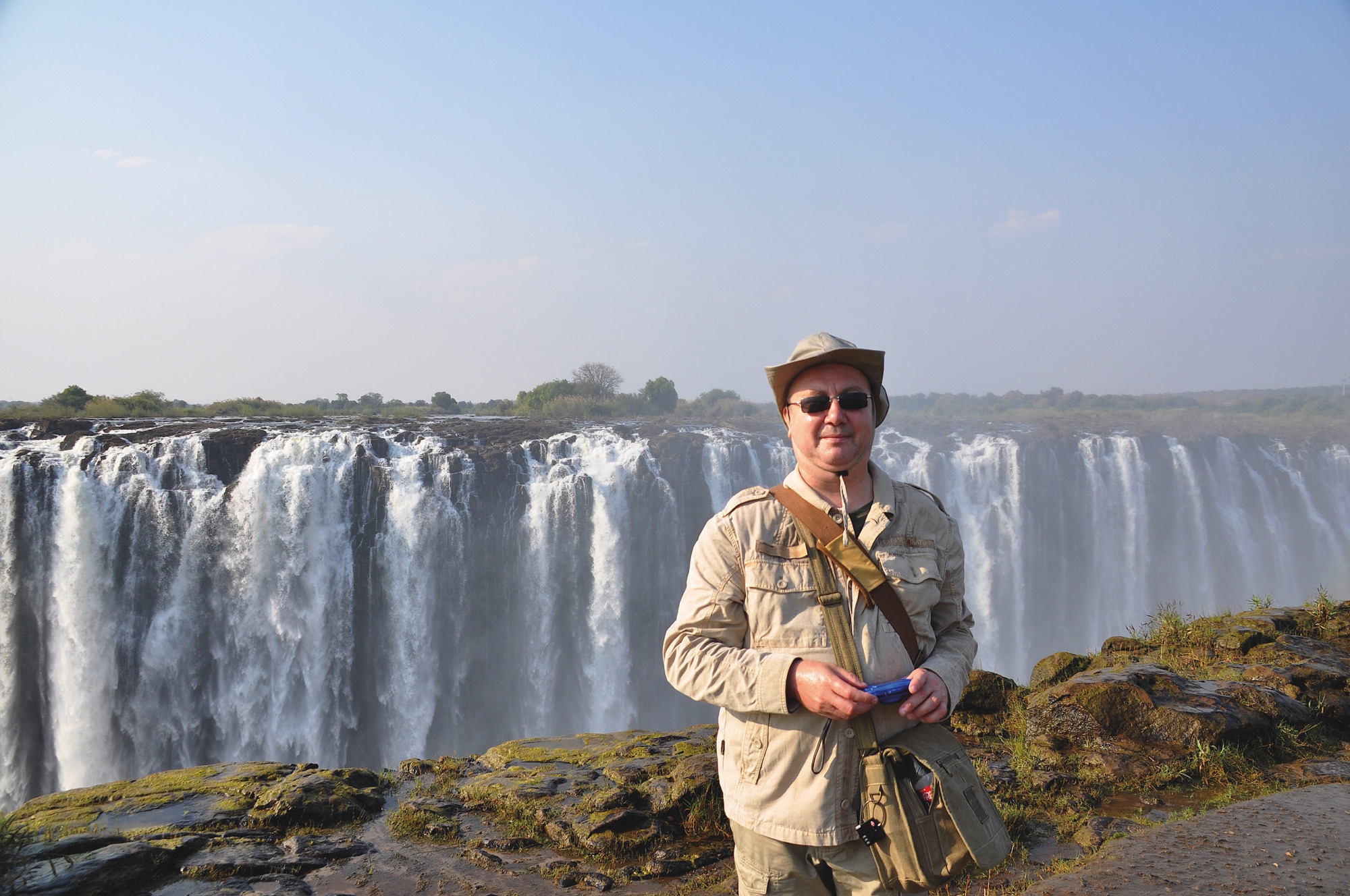
Our first tour – from Zimbabwe via Botswana to South Africa
We were a small group of people from different countries, all looking forward to our seven-day trip from Zimbabwe via Botswana to South Africa.
Day 1
Victoria Falls, Zimbabwe – Chobe National Park, Botswana
Distance travelled: +/- 90 km
Approx. driving time: 2 hrs
The main program was to go out onto a game drive and boat cruise in the Chobe National Park. Chobe is widely known for its populations of elephants, but the park also contains lions, leopards, hyenas, giraffes, and a host of antelope and birdlife.
The Chobe floodplains and Chobe River provide a sensitive ecosystem that attracts much of the wildlife of the region, especially in the dry season, when it is not uncommon to see between 500 and 2,000 elephants on the floodplains at one time. A highlight of Chobe is the combination of wildlife, birdlife, and reptiles seen along the banks of the Chobe River.
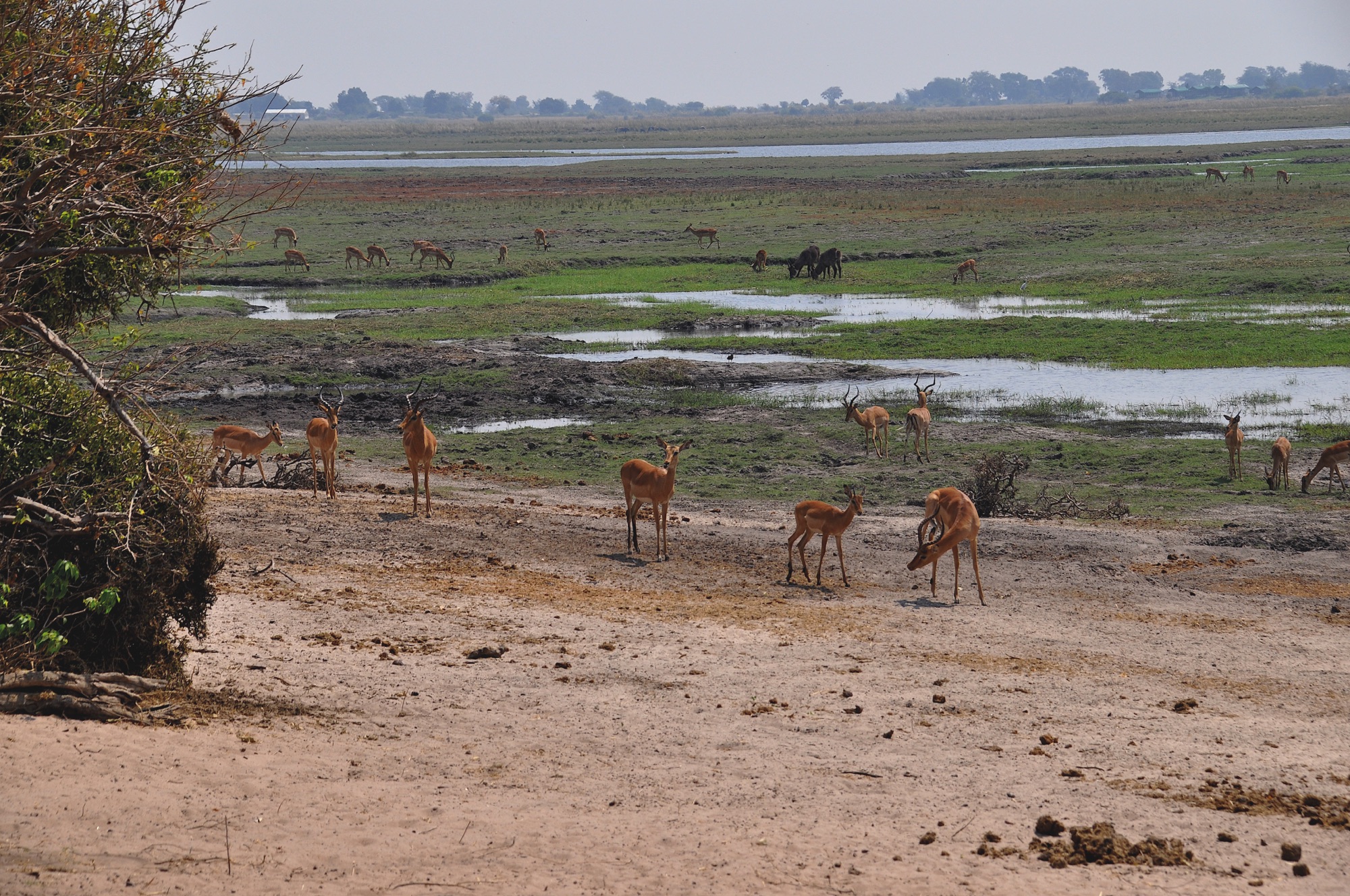
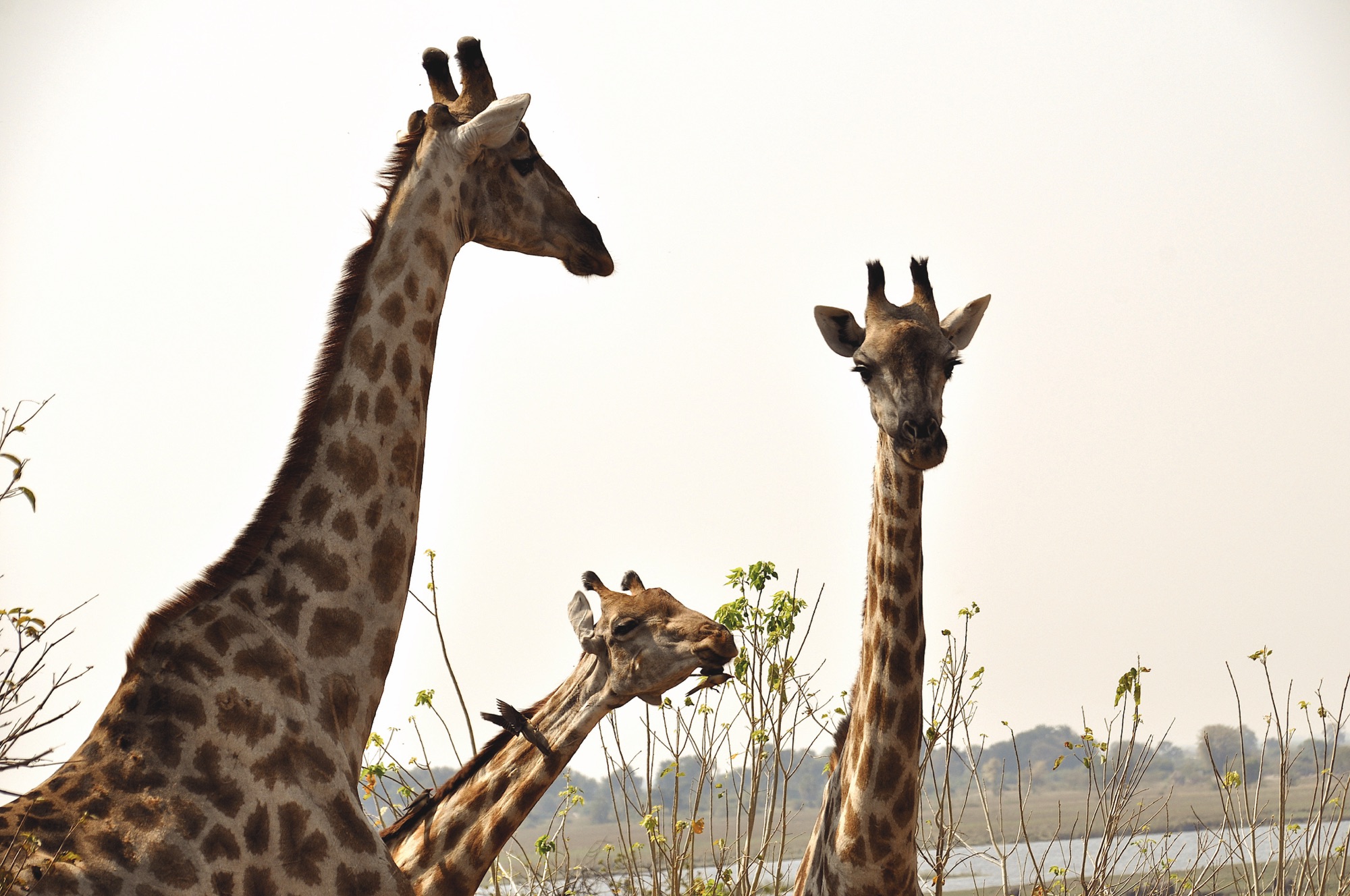
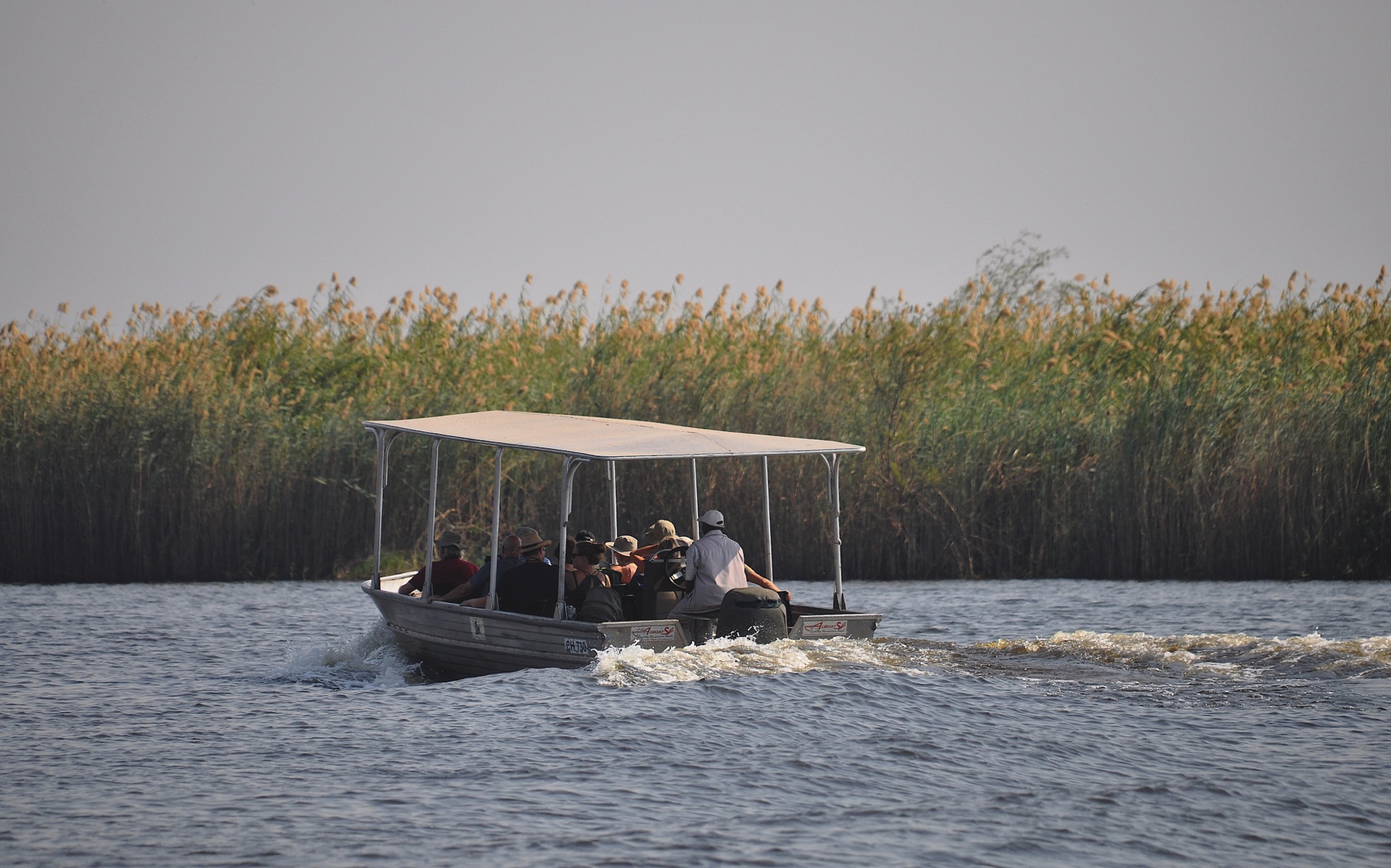
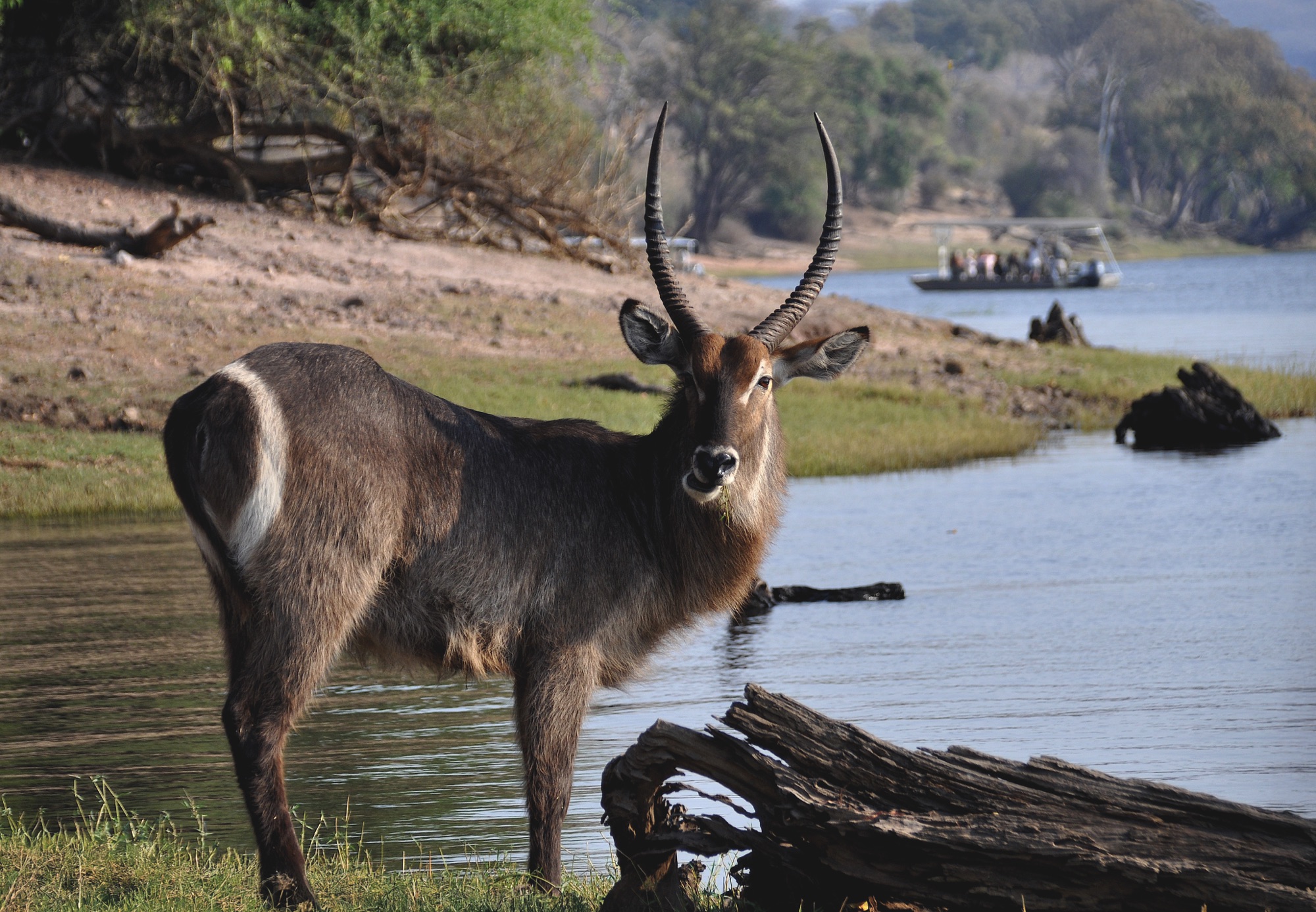
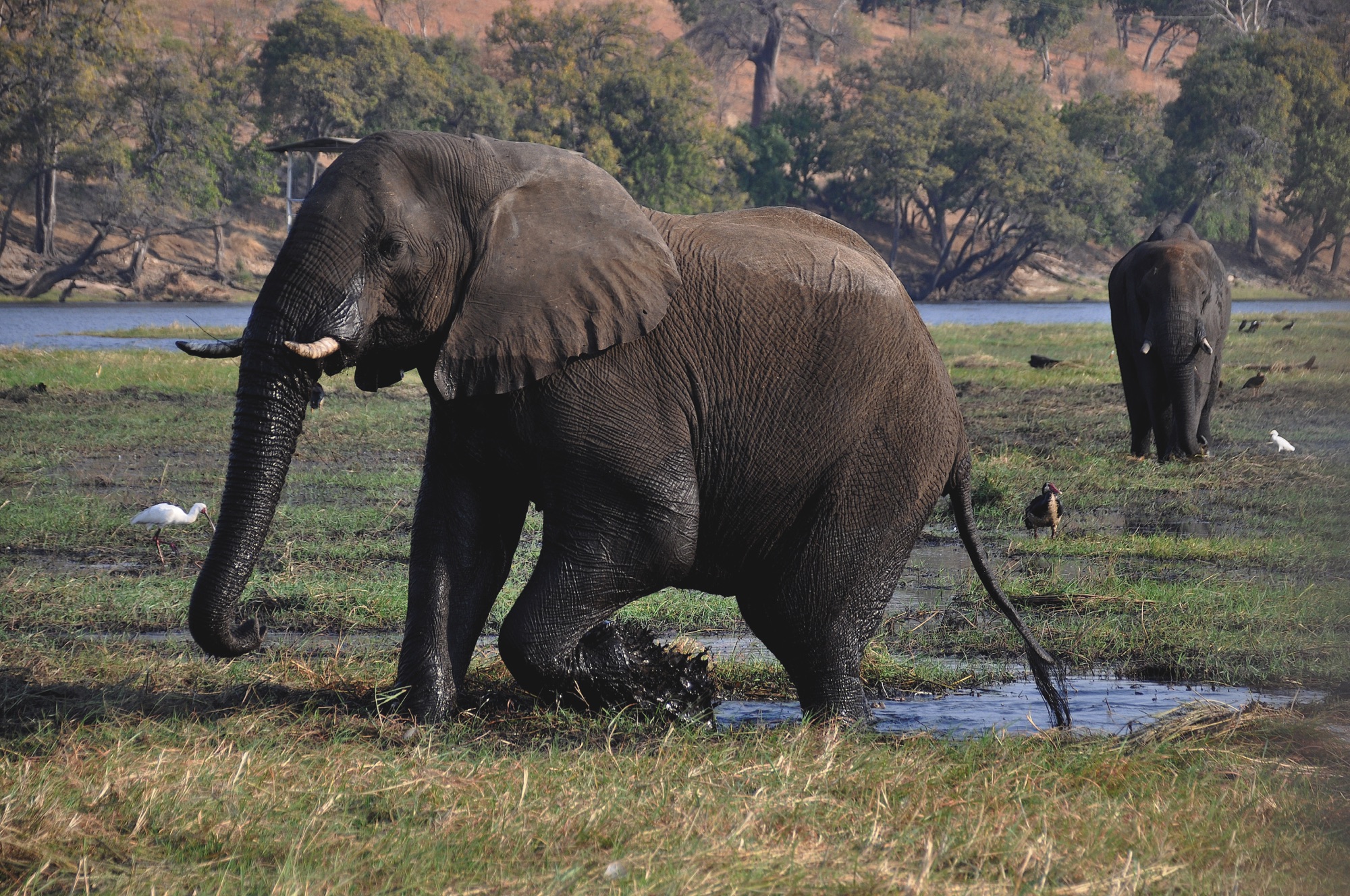
Day 2
Chobe National Park – Gweta
Distance travelled: +/- 450 km
Approx. driving time: 6.5 hrs
We took a special early morning safari drive in Chobe, before leaving the National Park.
Driving south, we encountered elephants and buffalos alongside (or on) the road, often strays to the migratory herds that roam freely throughout the area in search of pasture and water. We stopped in the small settlement of Nata and then continued to Gweta, where we had the opportunity to explore the Salt Pans.
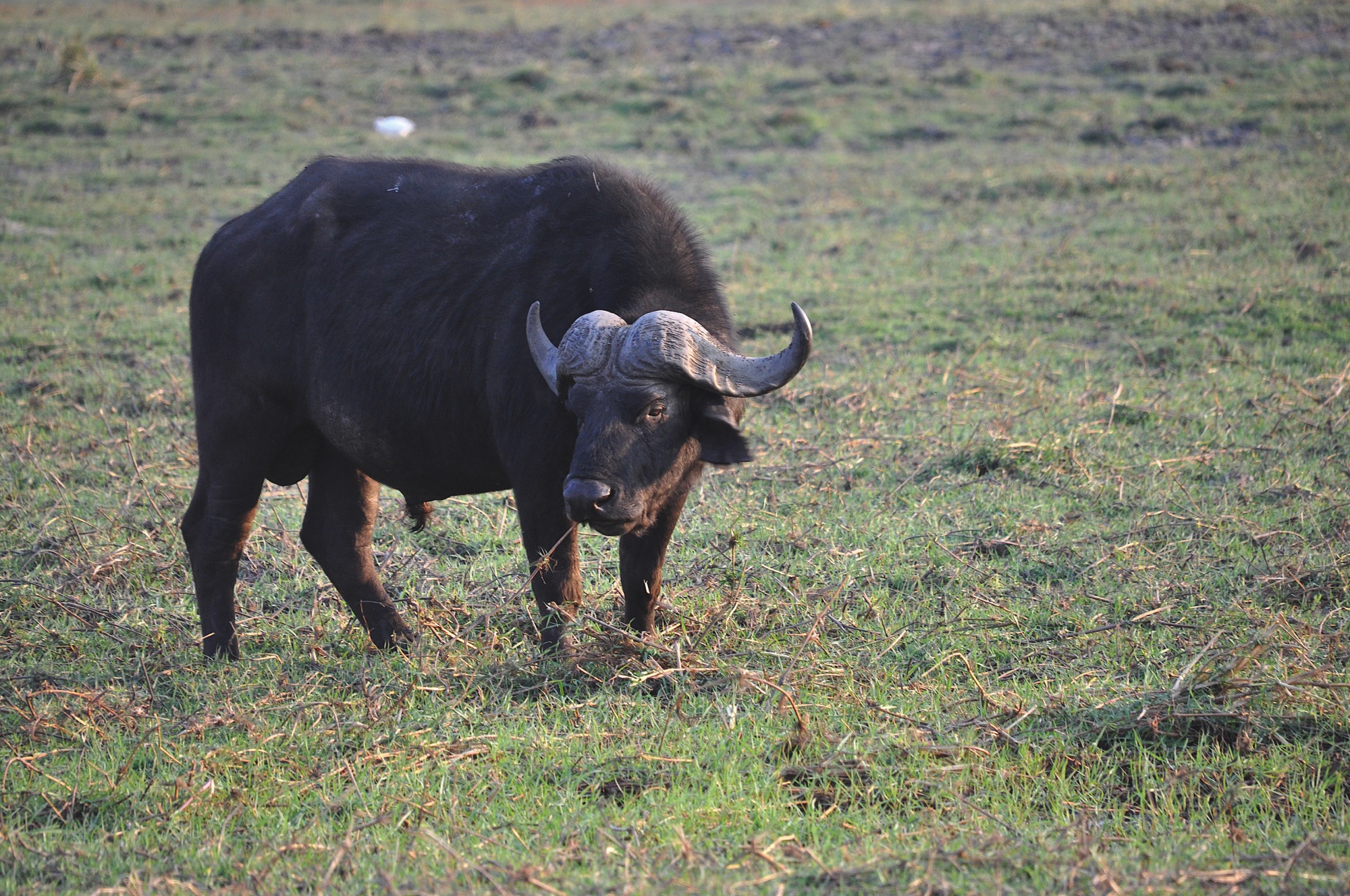
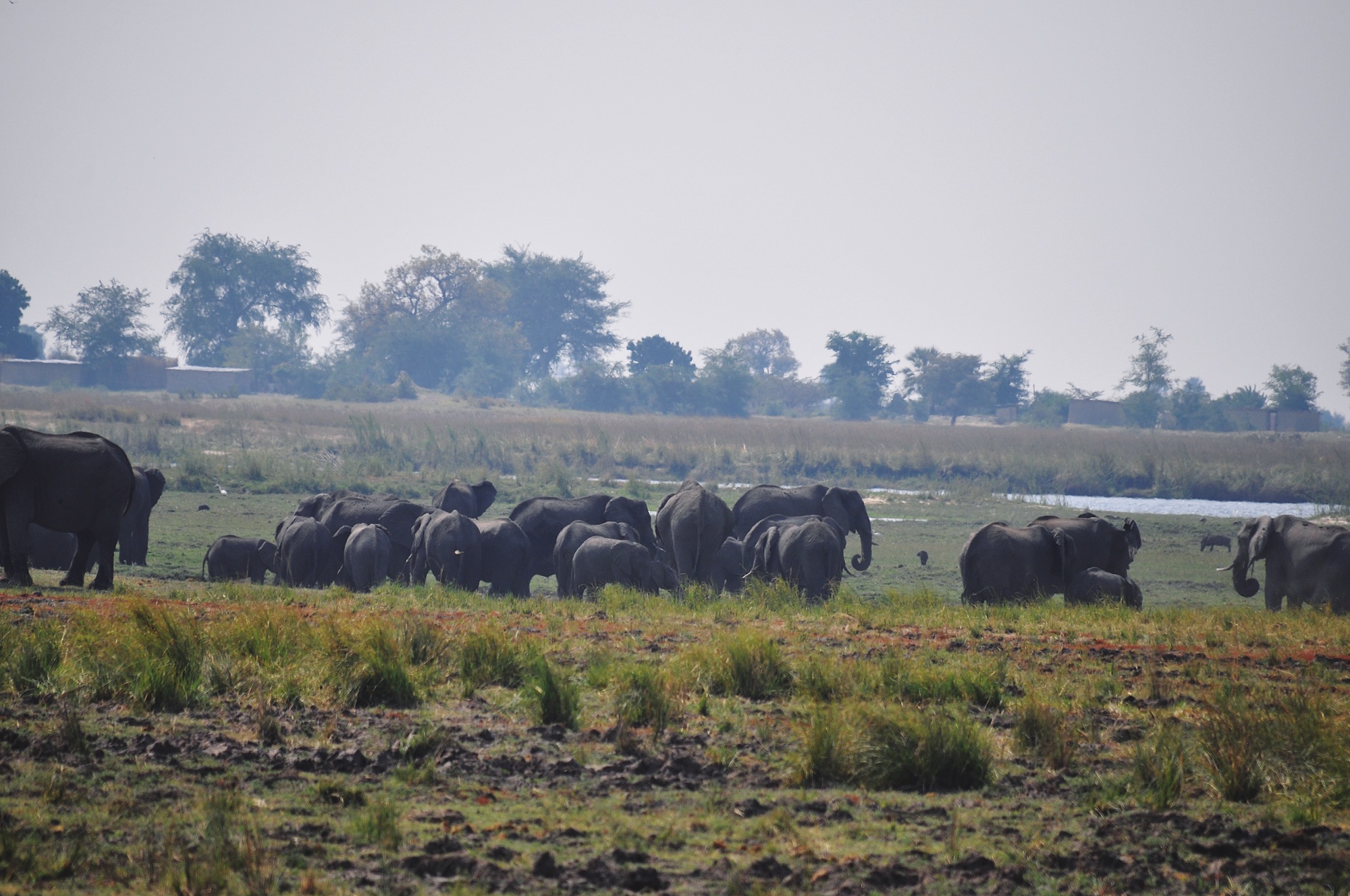
Day 3
Gweta – Maun
Distance travelled: +/-250 km
Approx. driving time: 4 hrs
On the third day, we took a guided walk through a local Tswana village to learn about the everyday life of the community, from schools and doctors to trading and traditions. We then departed and headed west to Maun, the gateway to the Okavango Delta. Maun has experienced rapid growth in recent years, and is a bustling provincial centre.
To get a closer look at nature, we took the horse-riding safari at the private game reserve by the river.
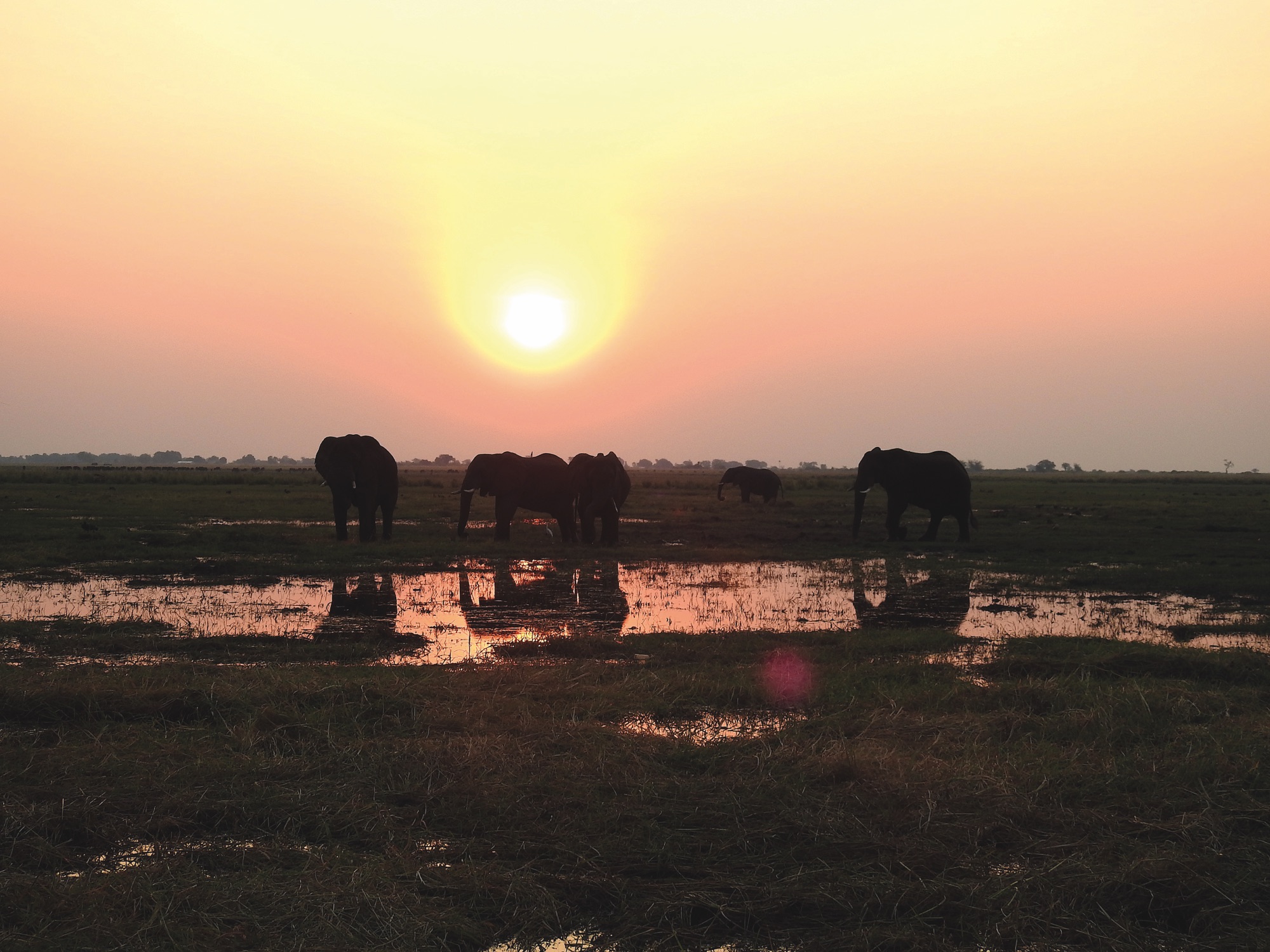
Day 4
Maun –Okavango Delta
Distance travelled: +/-60 km
Approx. driving time: 2 hrs
This was the day of our excursion into the Okavango Delta. The first part of the journey is via 4x4s over rough sandy paths to the ‘mokoro’ station, where the river levels allow you to continue in canoes. We were introduced to the local Tswana ‘polers’, our guides for the excursion, and transferred our luggage and equipment to the mokoros (dug-out canoes). We travelled by these shallow canoes amongst giant lily pads, tall grasses, and labyrinthine channels to our “Elephant Camp” on the edge of the Okavango.
From our camp, we ventured out on a guided walk, in search of some of the prolific birdlife and larger mammals that inhabit the reserve. The whole area is a natural wetland spreading over some 1,600,000 hectares of northern Botswana, offering a perfect habitat for the wildlife that freely roams here. The Okavango River rises in Angola (far to the north) and flows south, dividing repeatedly to form an intricate floodplain of channels and swamps which then spread out into a broad, flat inland delta – the only one of its kind in the world.
We enjoyed the afternoon wilderness experience, and the feeling of being at the camp overnight was an unforgettable experience with the campfire dinner.
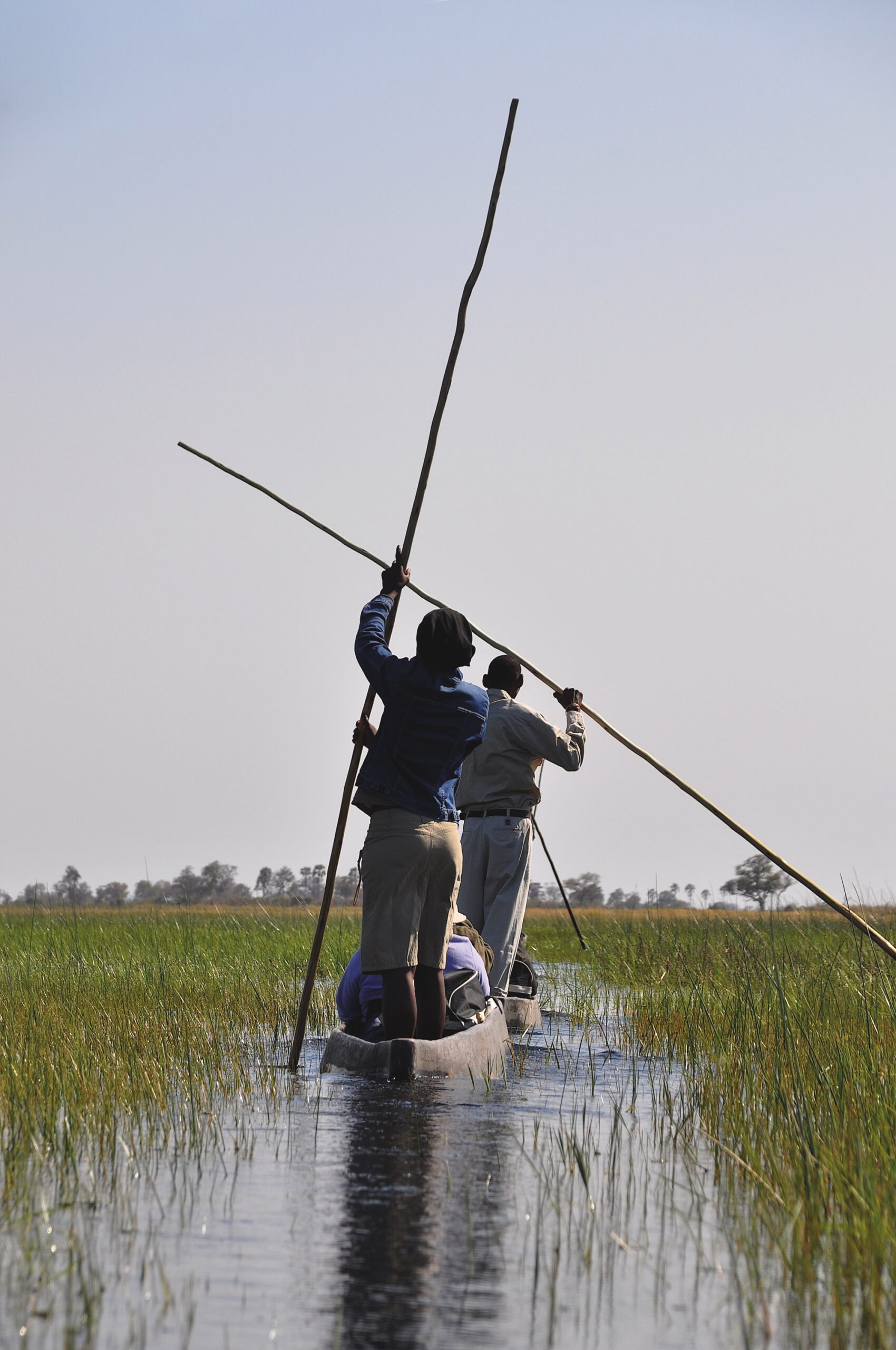
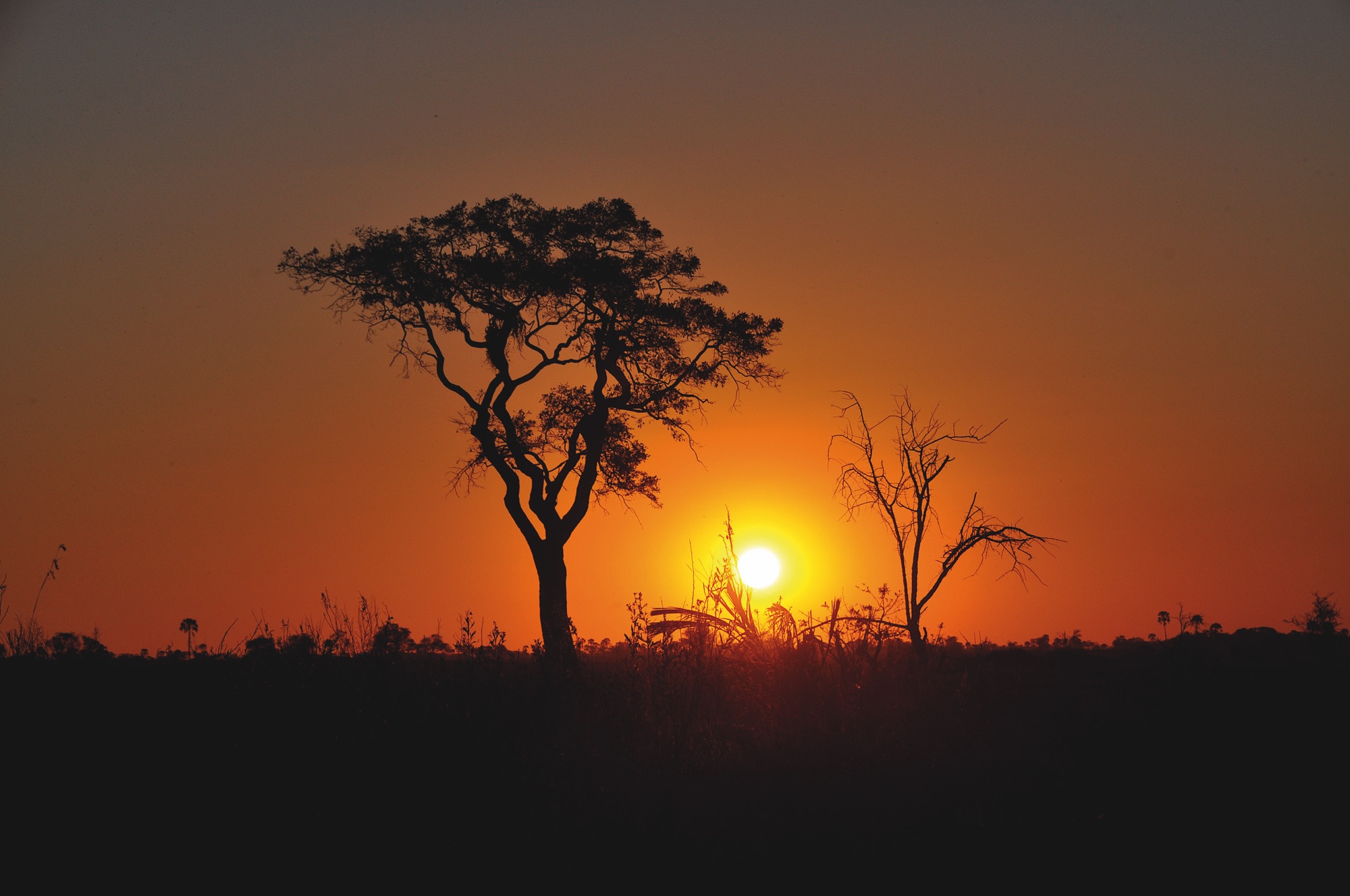

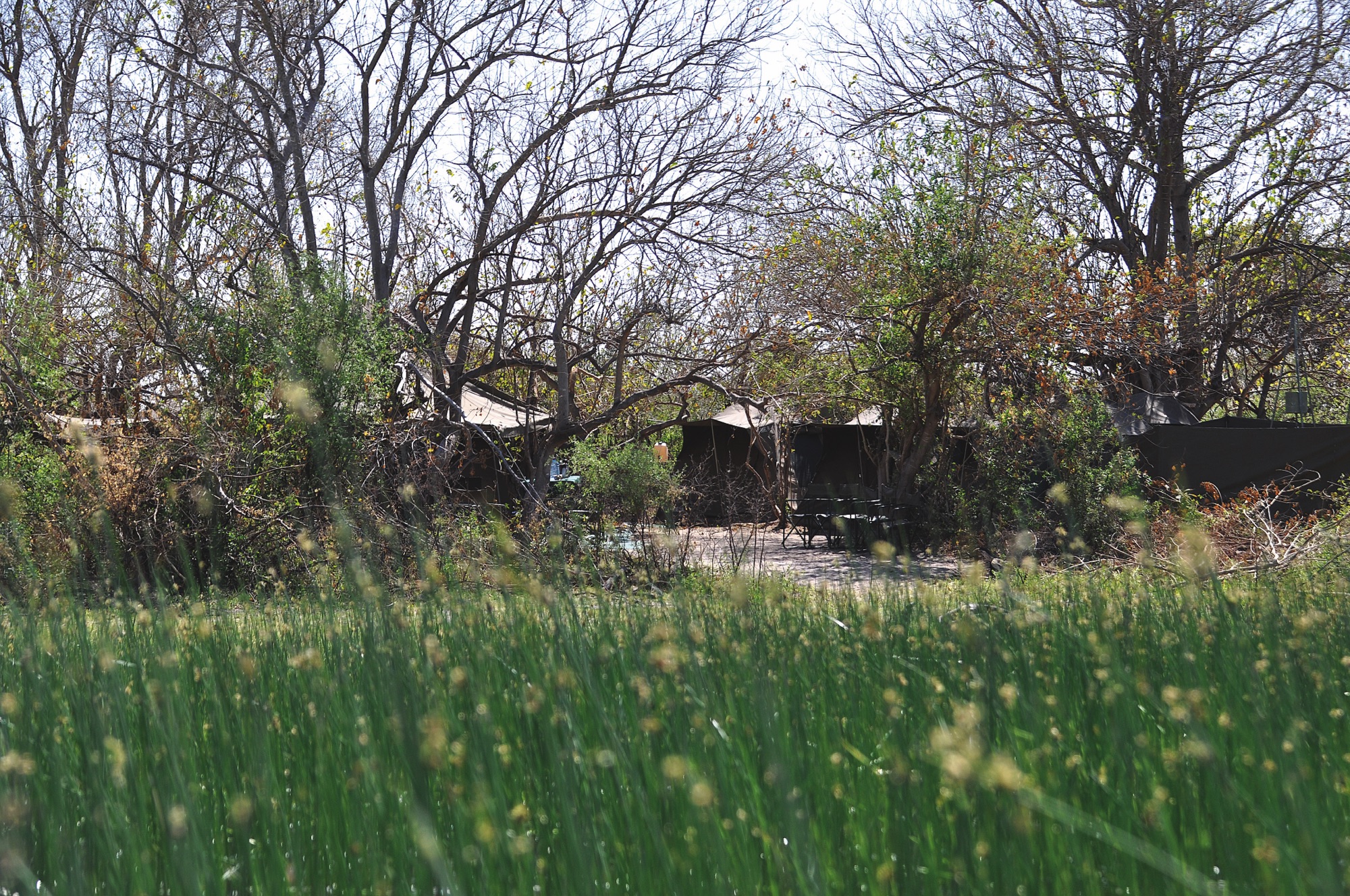
Day 5
Okavango Delta – Maun
Distance travelled +/-60 km
Approx. driving time: 2 hrs
In the morning, we explored the surrounding area on a nature walk where you get the thrilling experience of being out in the natural wilderness. This is a great way to enjoy the sights, sounds, and smells of the wilderness, and enjoy nature as it wakes up for the day. After the bush, we enjoyed breakfast and then packed up again onto our mokoros, leaving nothing behind but footprints. Returning to our 4x4s and bidding our polers farewell, we returned to Maun. The afternoon offered an opportunity for a trip into town for a little shopping, or a scenic flight over the Delta for a bird’s eye view of the wilderness we have just explored by mokoro and on foot.
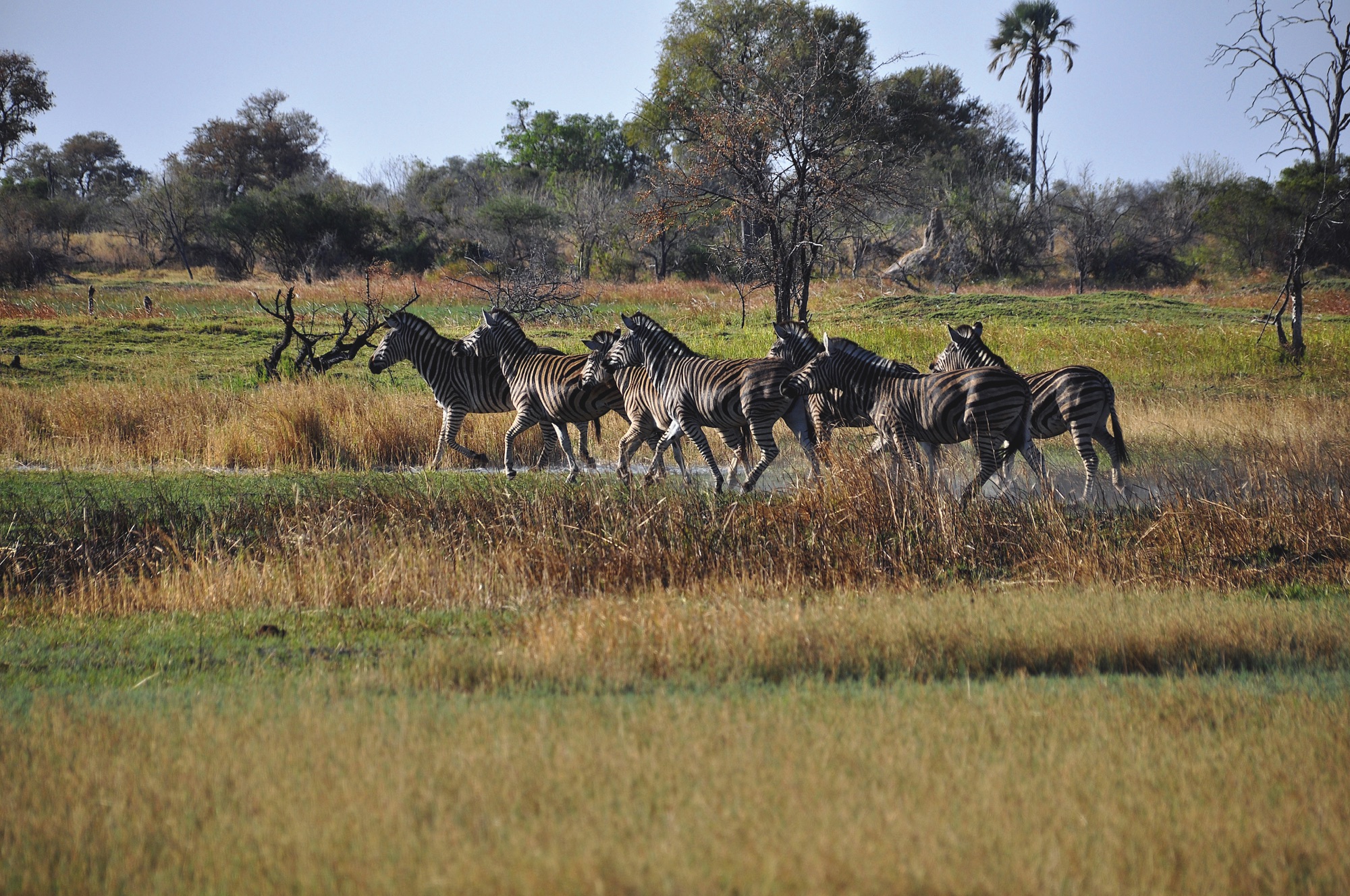

Day 6
Maun – Khama Rhino Sanctuary
Distance travelled: +/-700 km
Approx. driving time: 11-12 hrs
Another early rise for our long journey skirting the greater Kalahari, where we might glimpse in the distance the vast salt pans of central Botswana to the Khama Rhino Sanctuary. We took a game drive to catch sight of some of the rhinos. In 1989, a group of local people wished to convert the Serowe Pan, previously a hunting area, into a conservation region for the rhinos that inhabited the area. The Pan was chosen because of its rhino-friendly habitat (and its proximity to the Botswana Defence Force base for 24-hour protection against poachers). Khama is a prime habitat for white rhinos, zebras, antelopes, and giraffes; and its community-based wildlife project allows the local people to benefit from tourism.
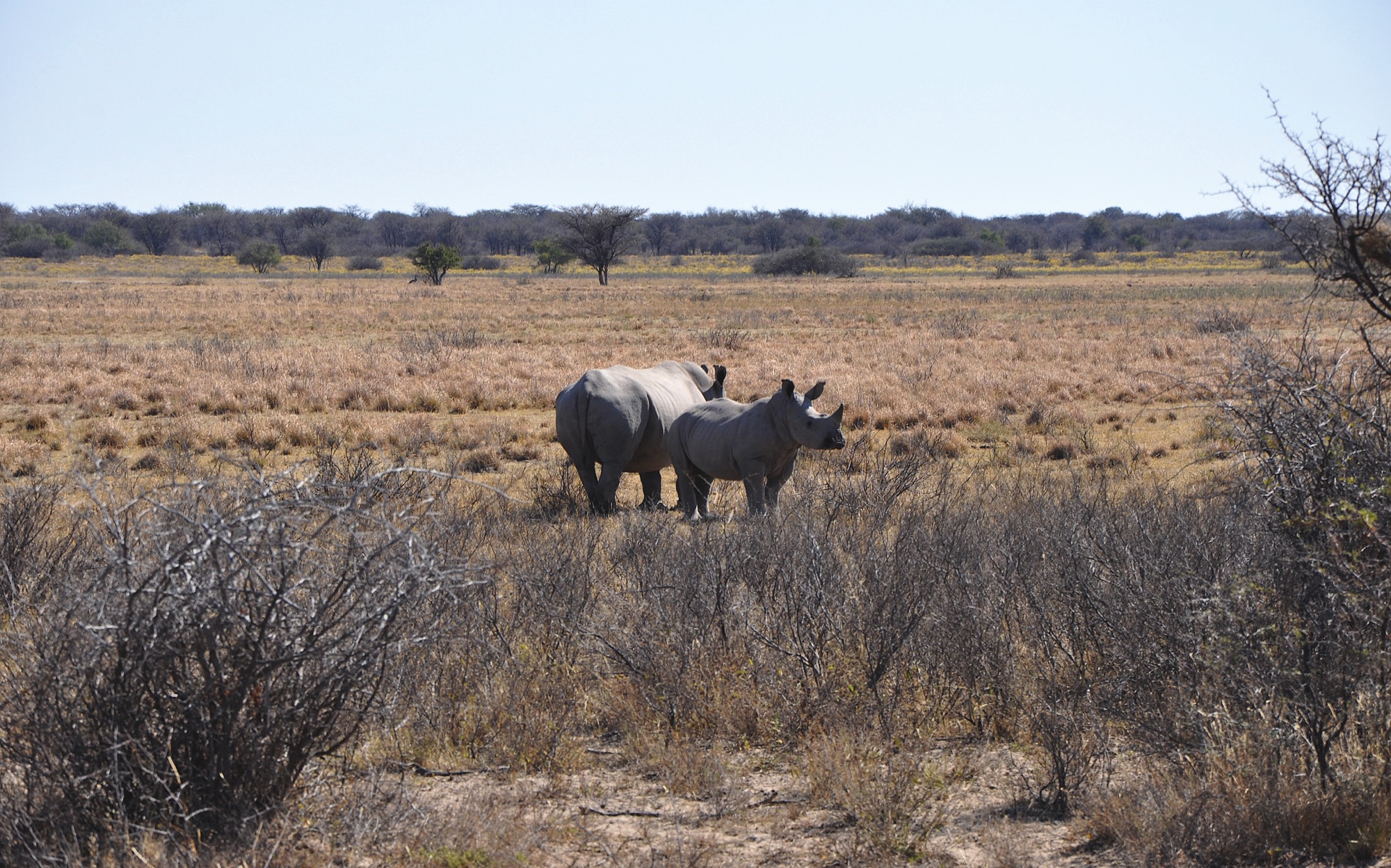
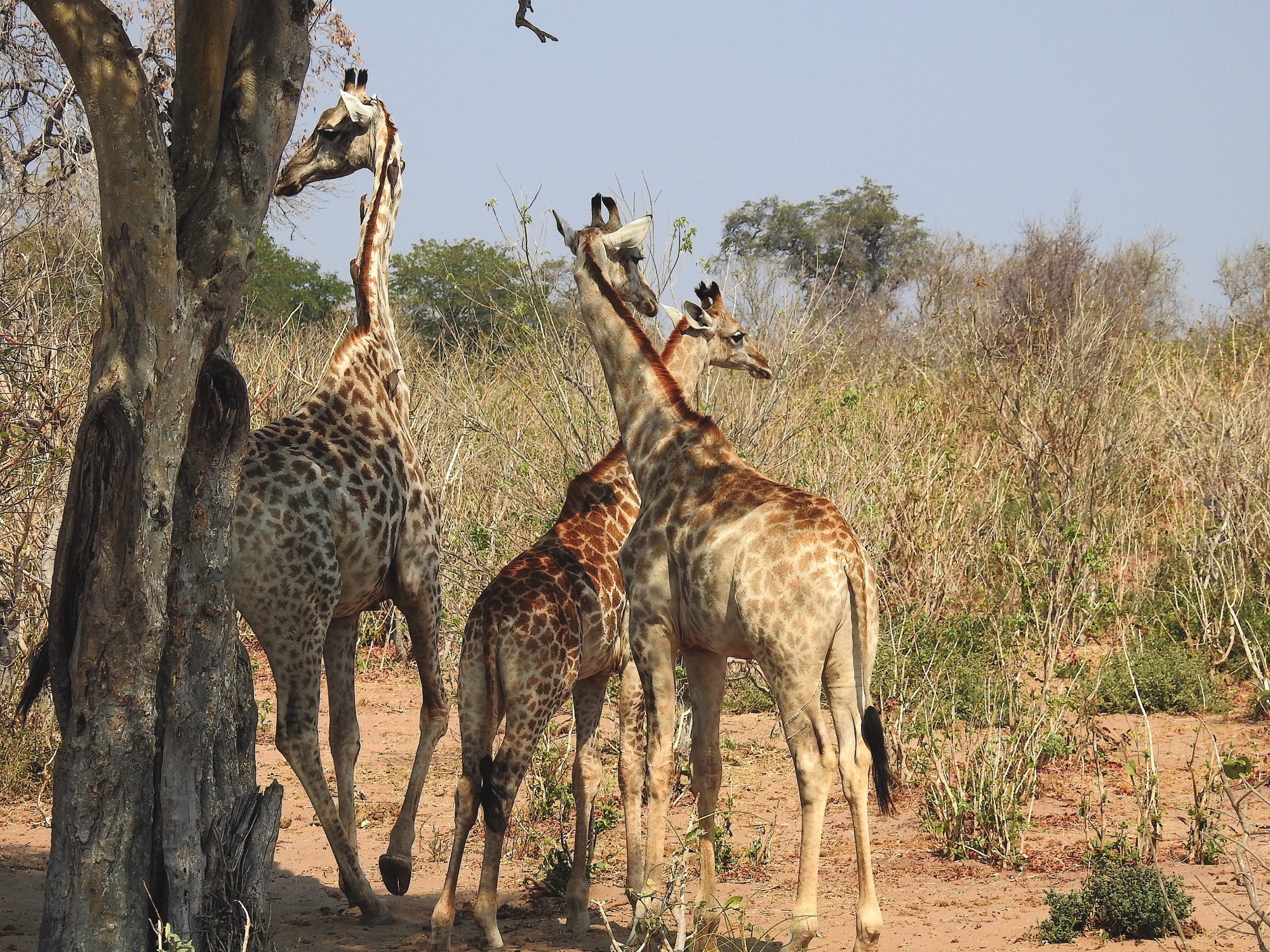
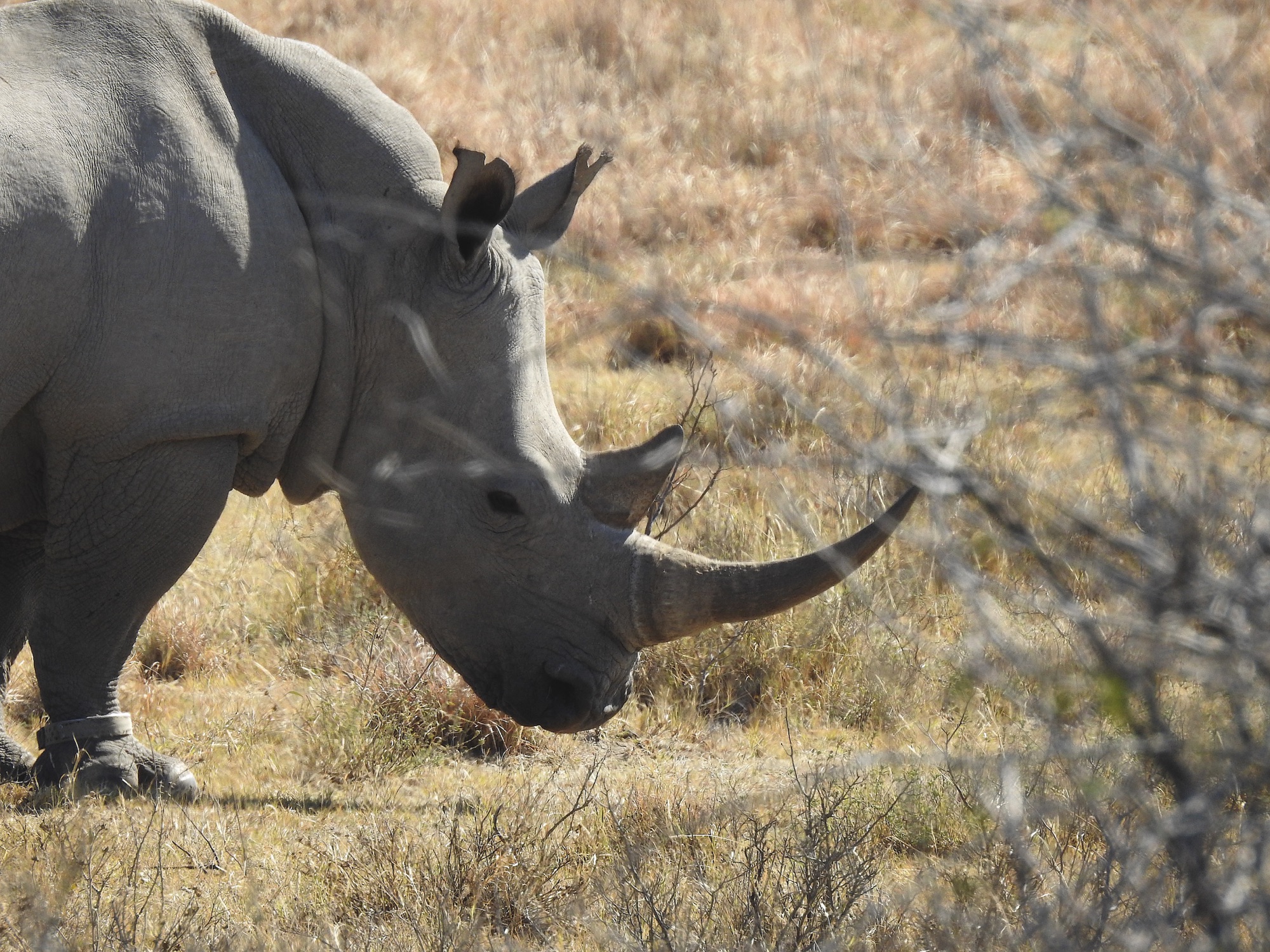
Day 7
Martins Drift – Johannesburg, South Africa
Distance travelled: +/- 400 km
Approx. driving time: 6 hrs
Our last morning with the group saw us joining the main route along Martin’s Drift border post, and crossing the mighty Limpopo River into South Africa. We took pleasure in the scenic views, and observed noticeable changes to vegetation, infrastructure, and populated areas.
In the end, we arrived in Johannesburg, where our first tour ended.
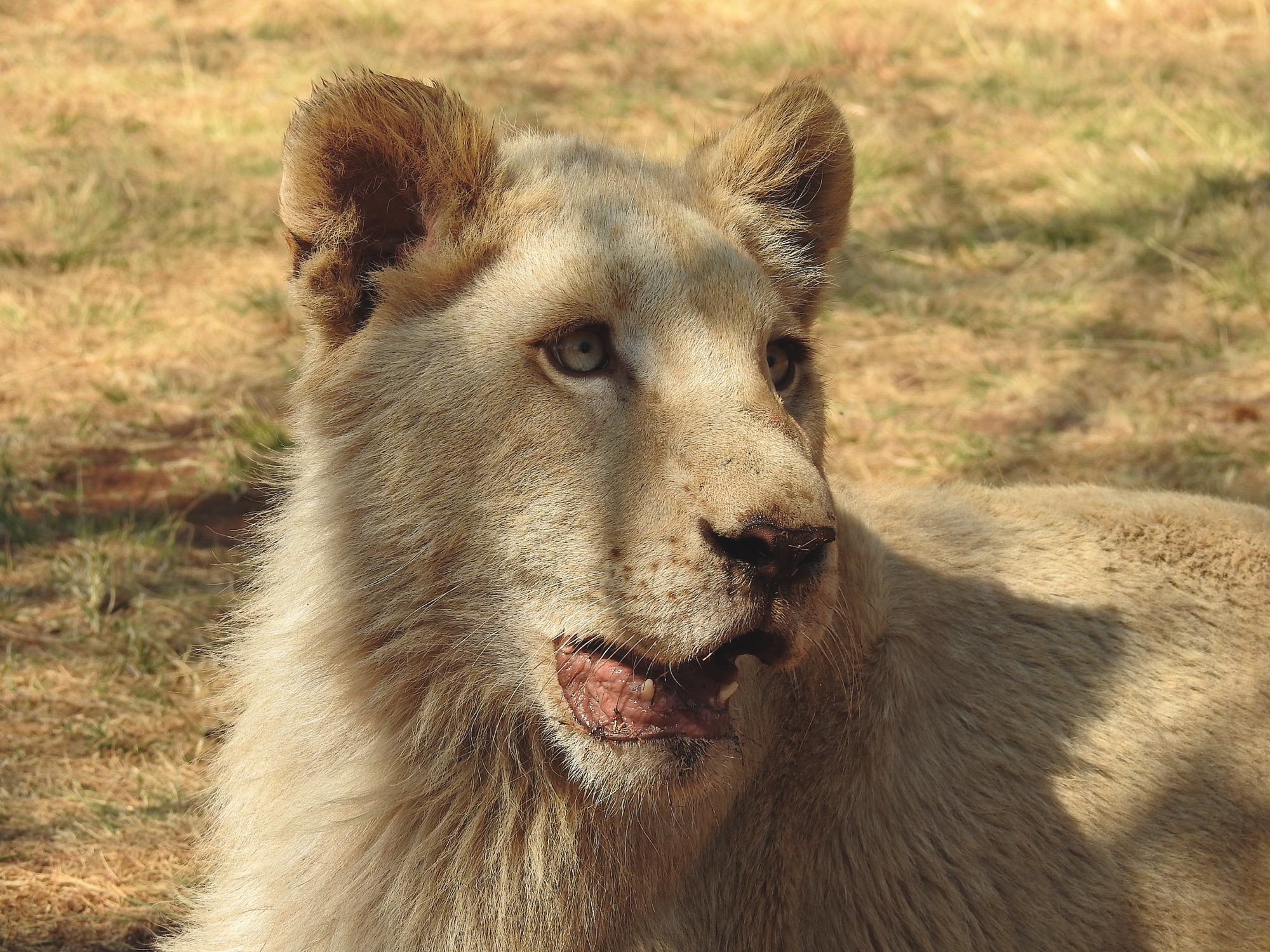
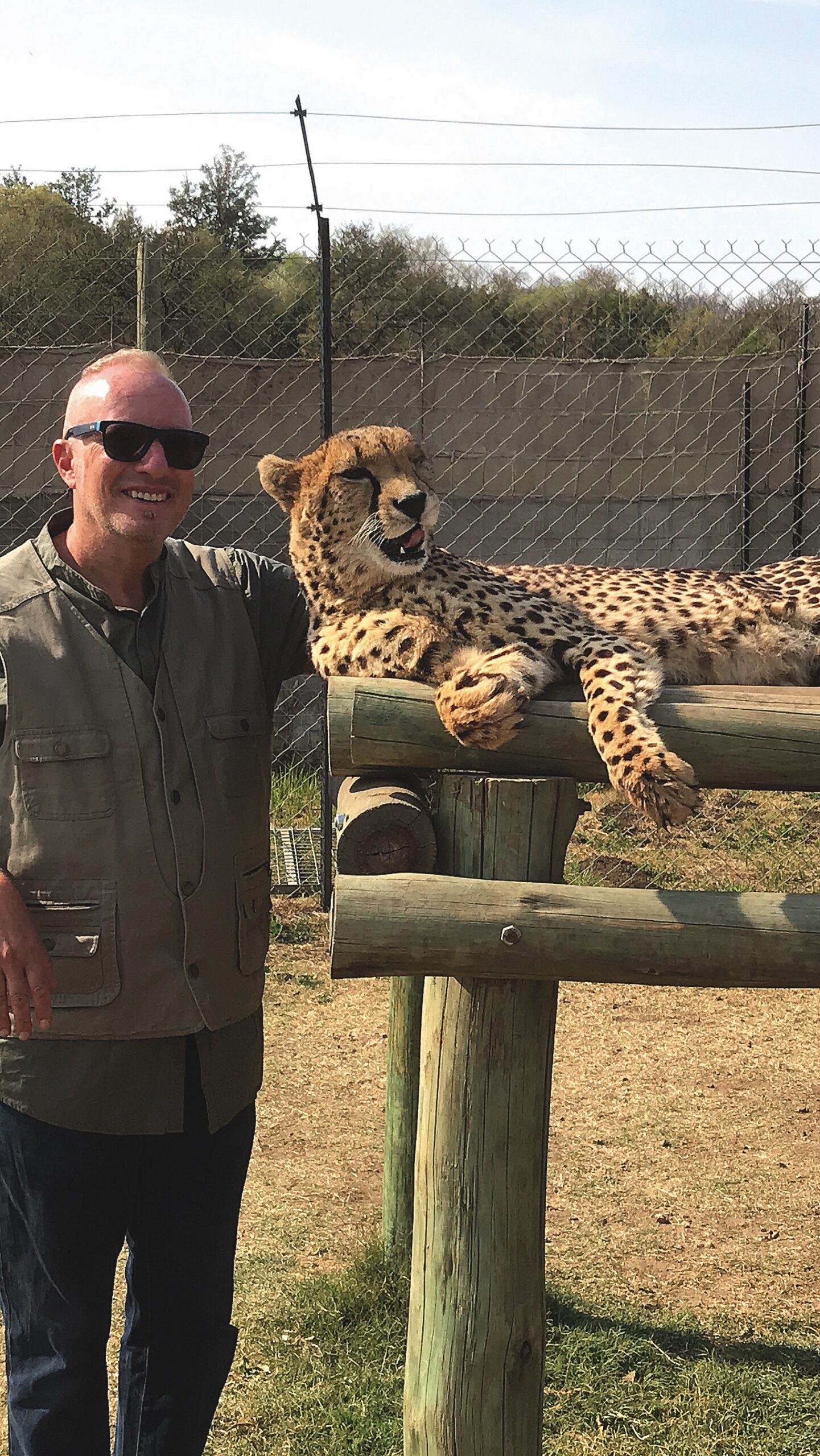
Taking a glimpse of South Africa
Johannesburg
Here, we could have a short Johannesburg City Tour – Leaping Impala Monument, Oriental Plaza Bazaar, Diagonal Street, and Kwa Zulu Muti (an herb shop).
We decided not to stay in the city centre, so we ordered an Uber that took us out of the city to a special Lion Centre called “LION’S PARK”. It is a truly unique and beautiful place – a hotel AND a park – where lions can live almost completely free. You can cuddle the baby lions, feed the young lions (together with their guides), and visit the area of the adult lions. Most of the other animals there were rescued animals. It’s important to mention that the animals are NOT drugged. In the afternoon, the same Uber driver picked us up and took us to Johannesburg Airport for our flight to Cape Town.
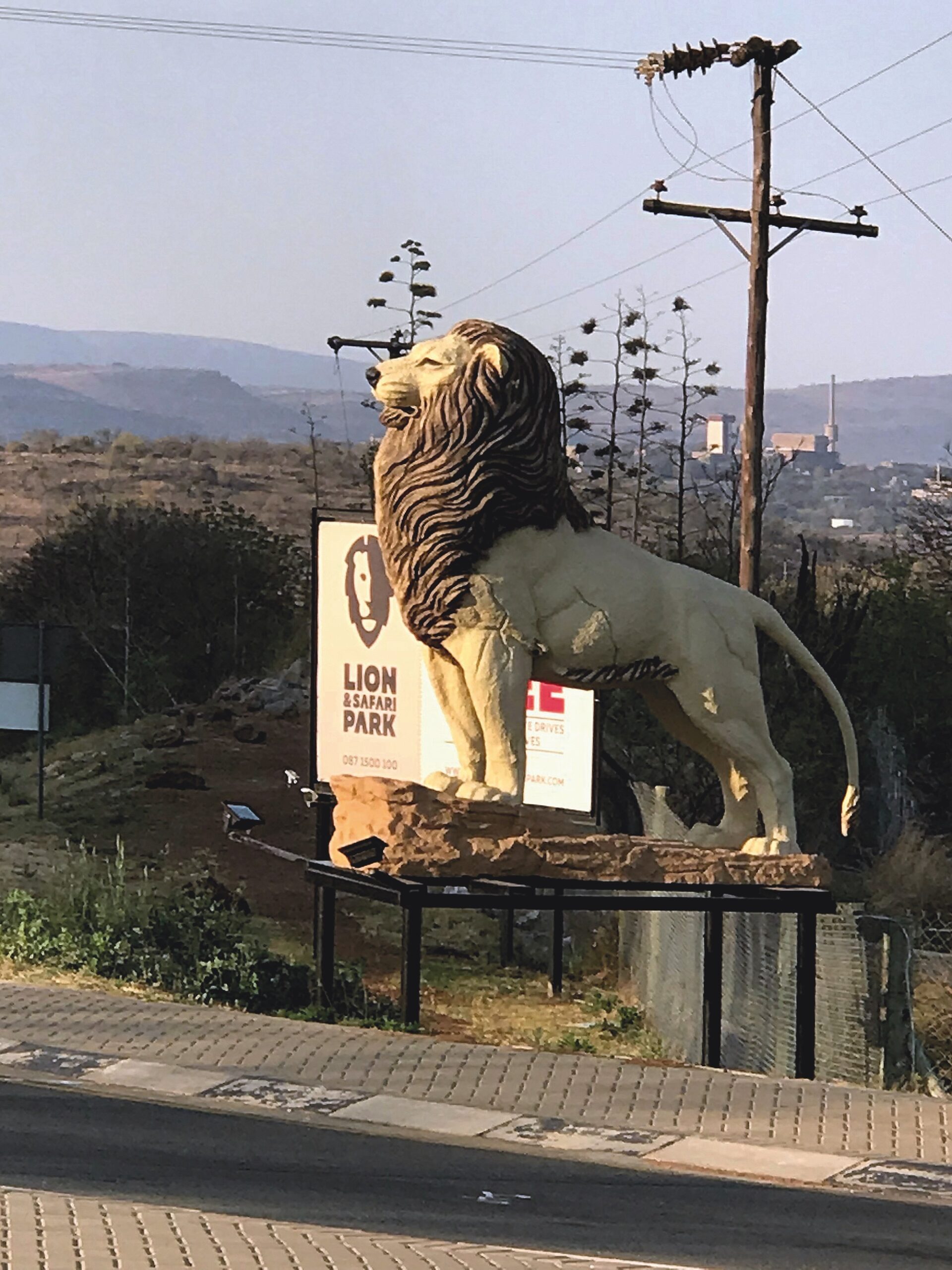
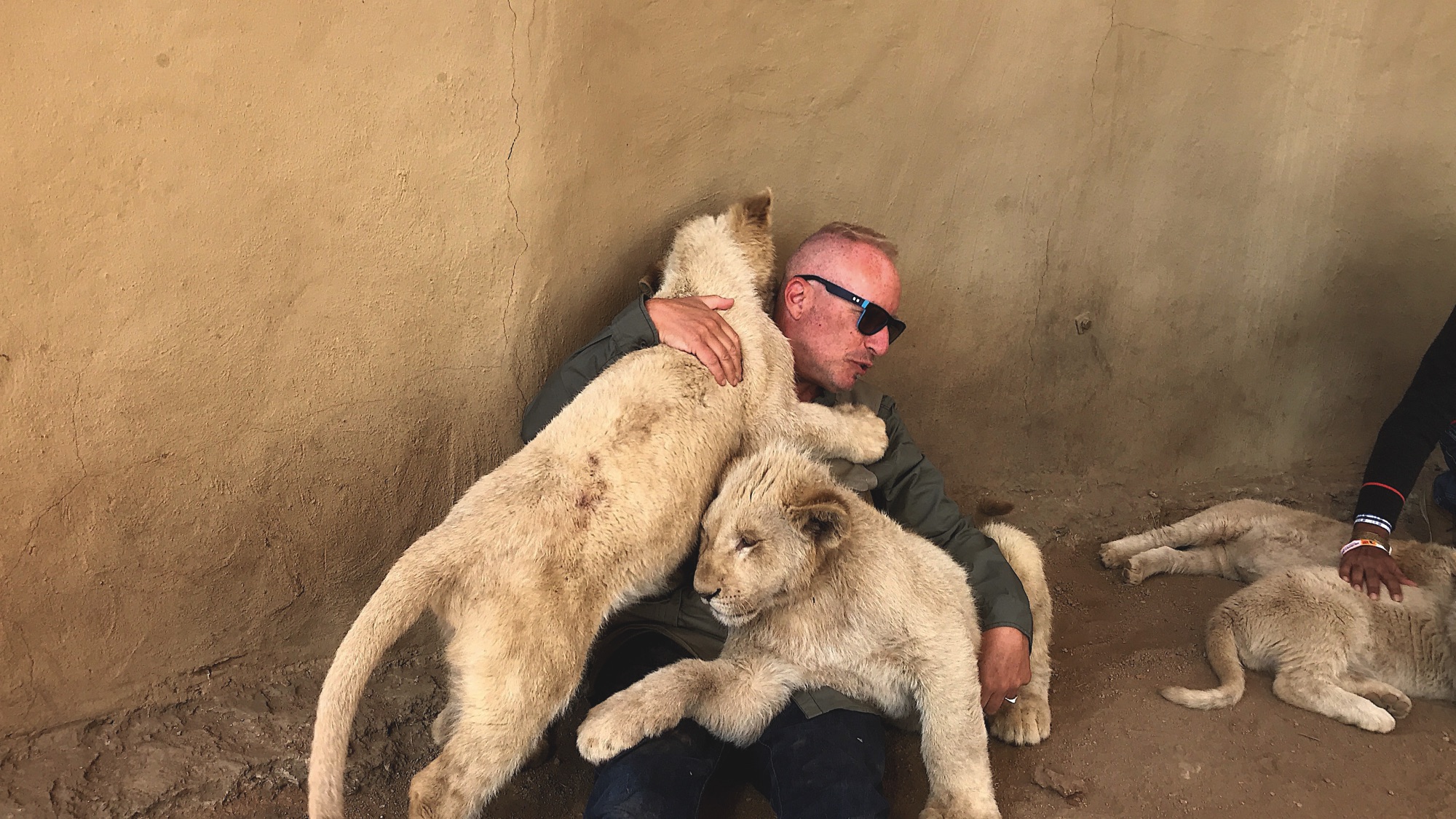
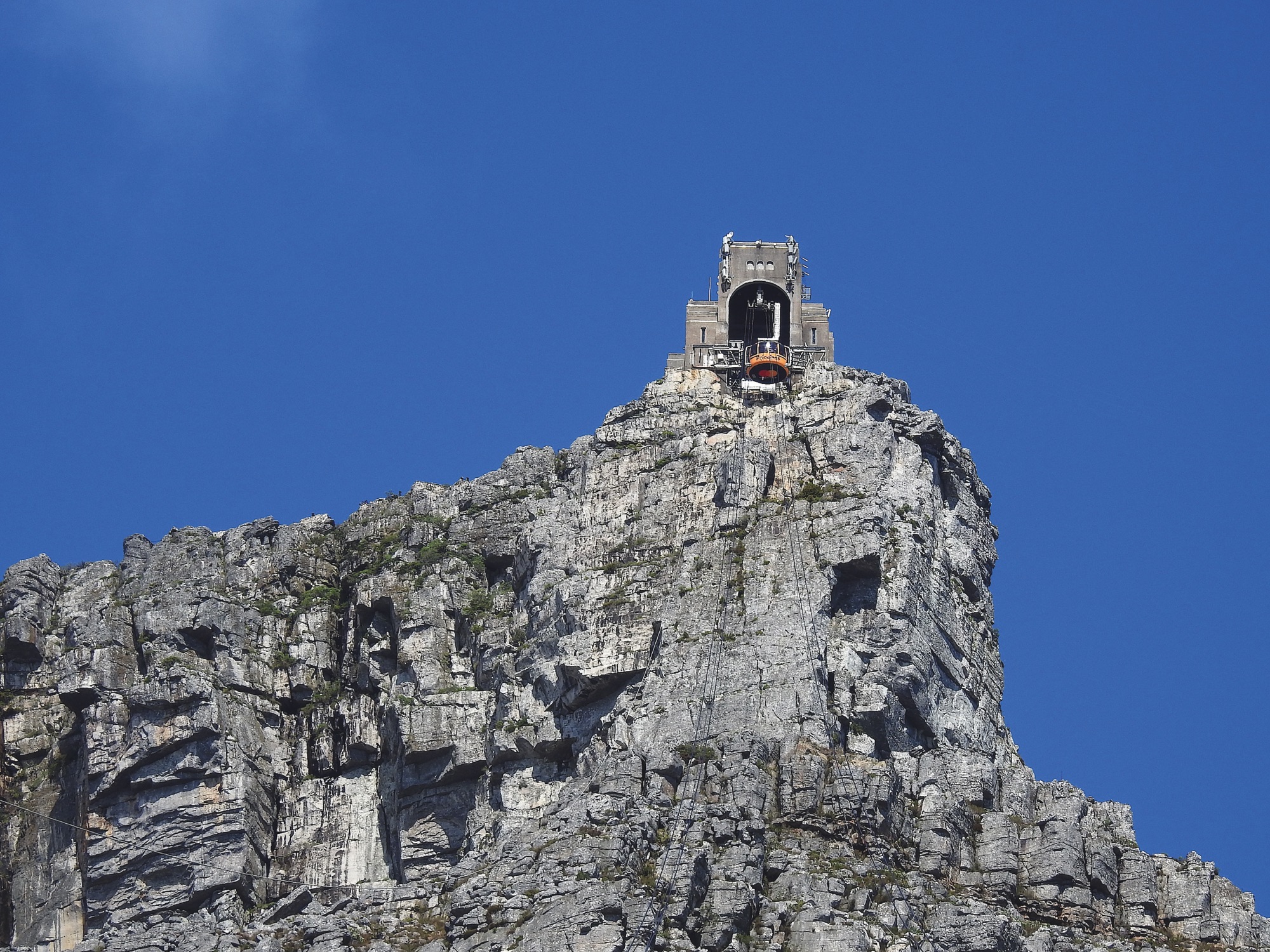
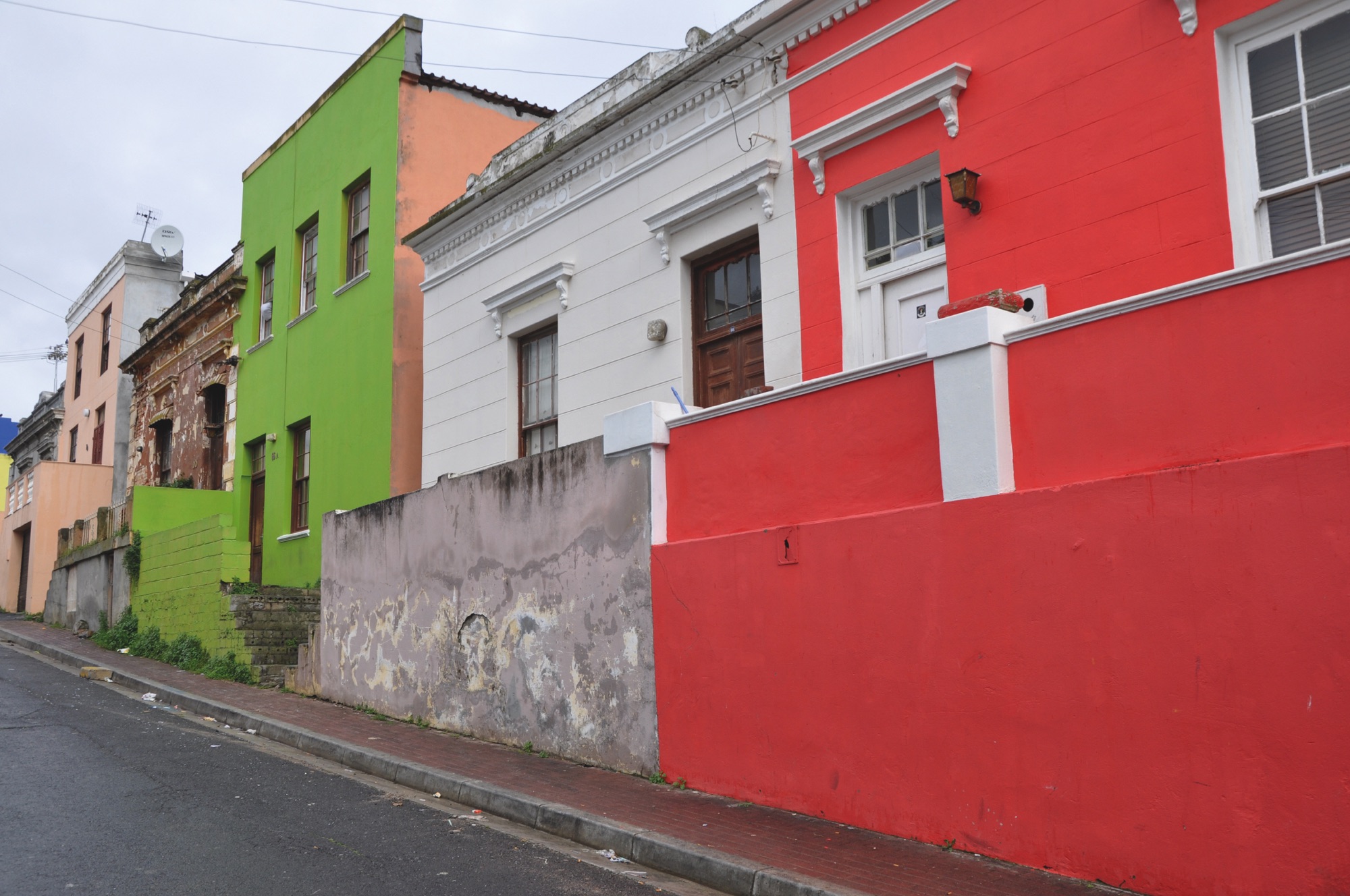
Cape Town
This is a beautiful city with great cafés and restaurants, and a lot of places to visit. We spent our first morning here taking a few walks around the city to see the following sights:
City Centre – Izoko Collection, Castle of Hope, St George Cathedral; V&A Waterfront – the Two Oceans Aquarium, Victoria Wharf Shopping Centre, Cape Town Diamond Museum; and Table Mountain – with the best view of the city.
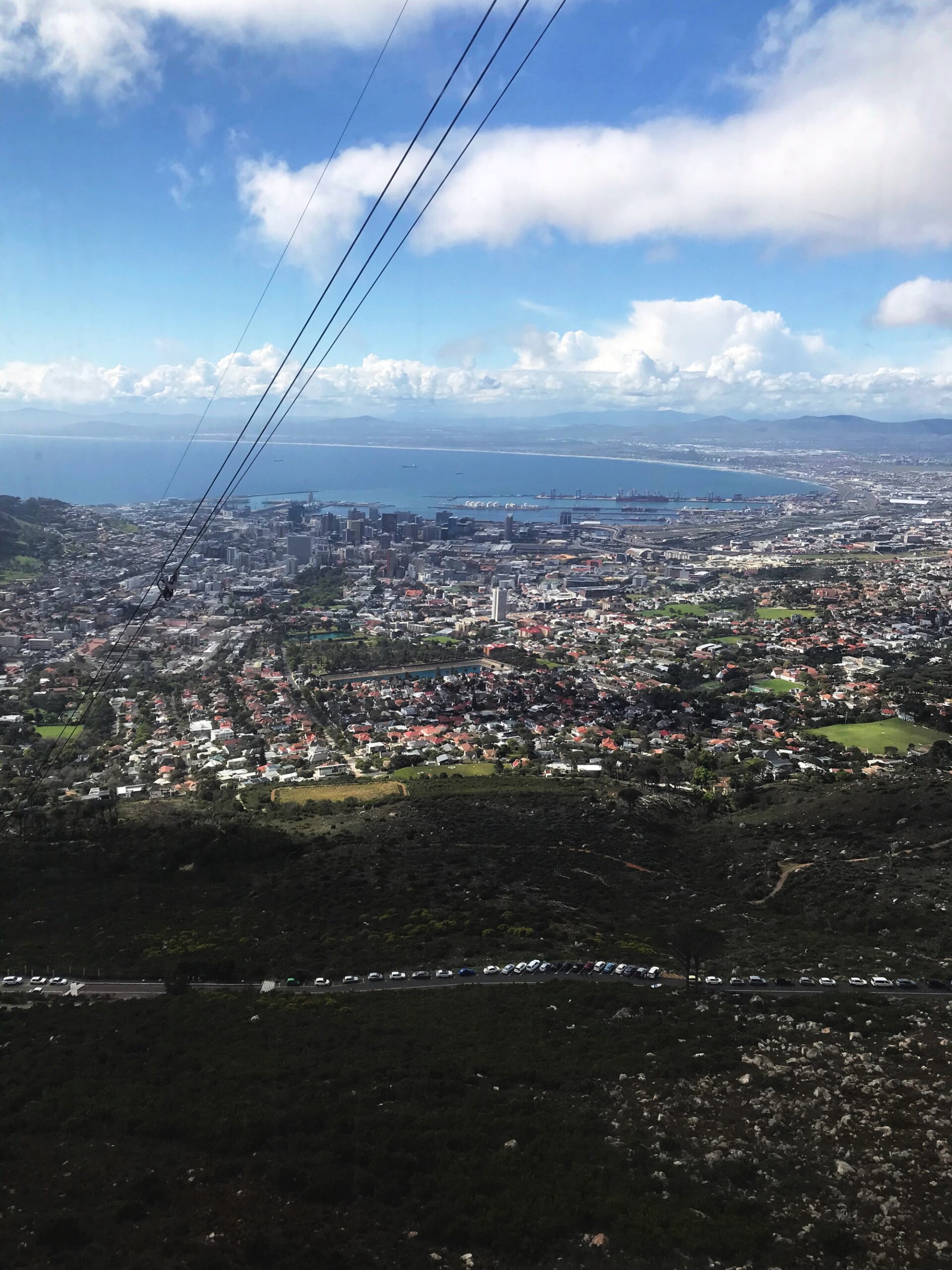
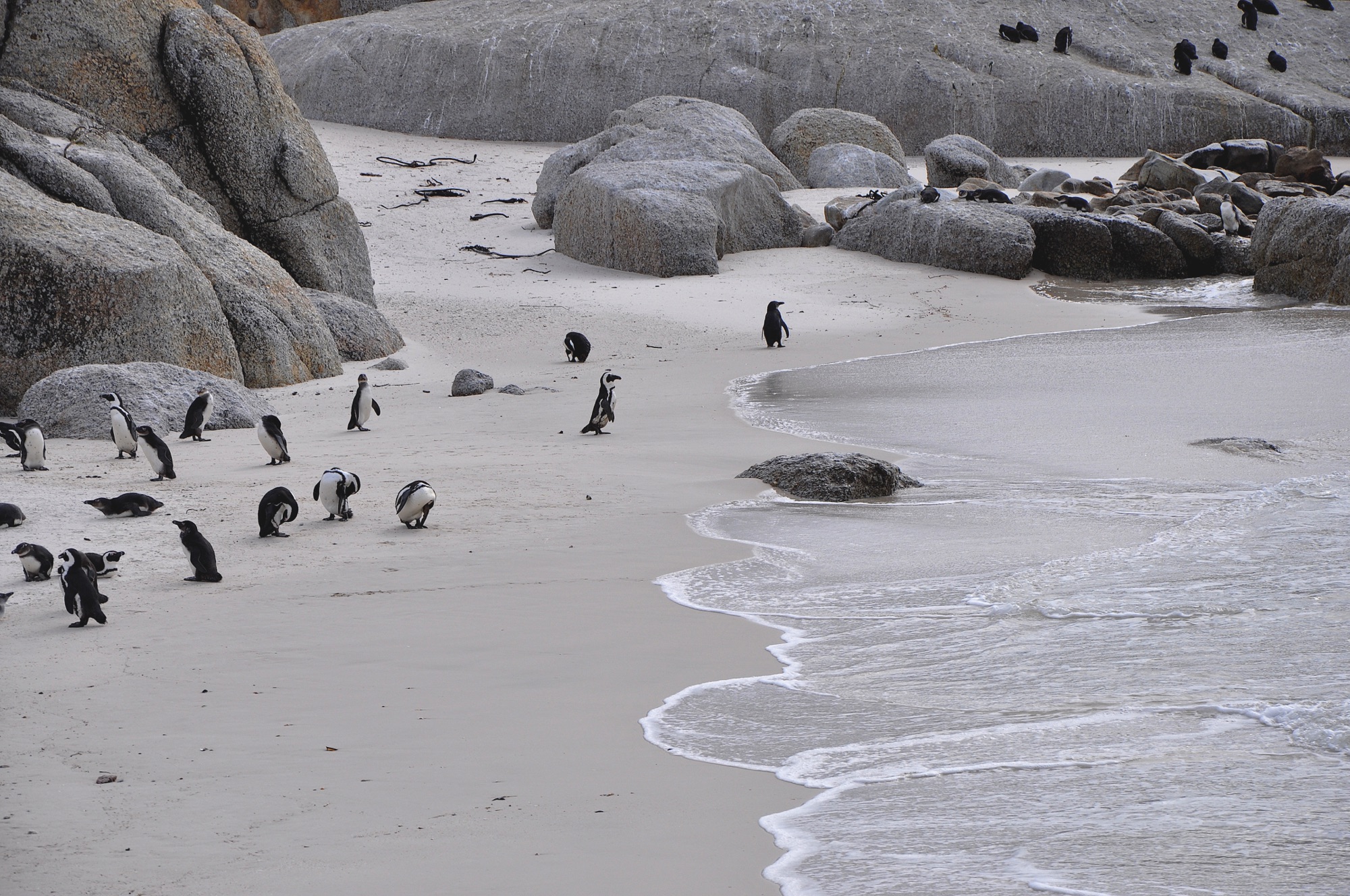
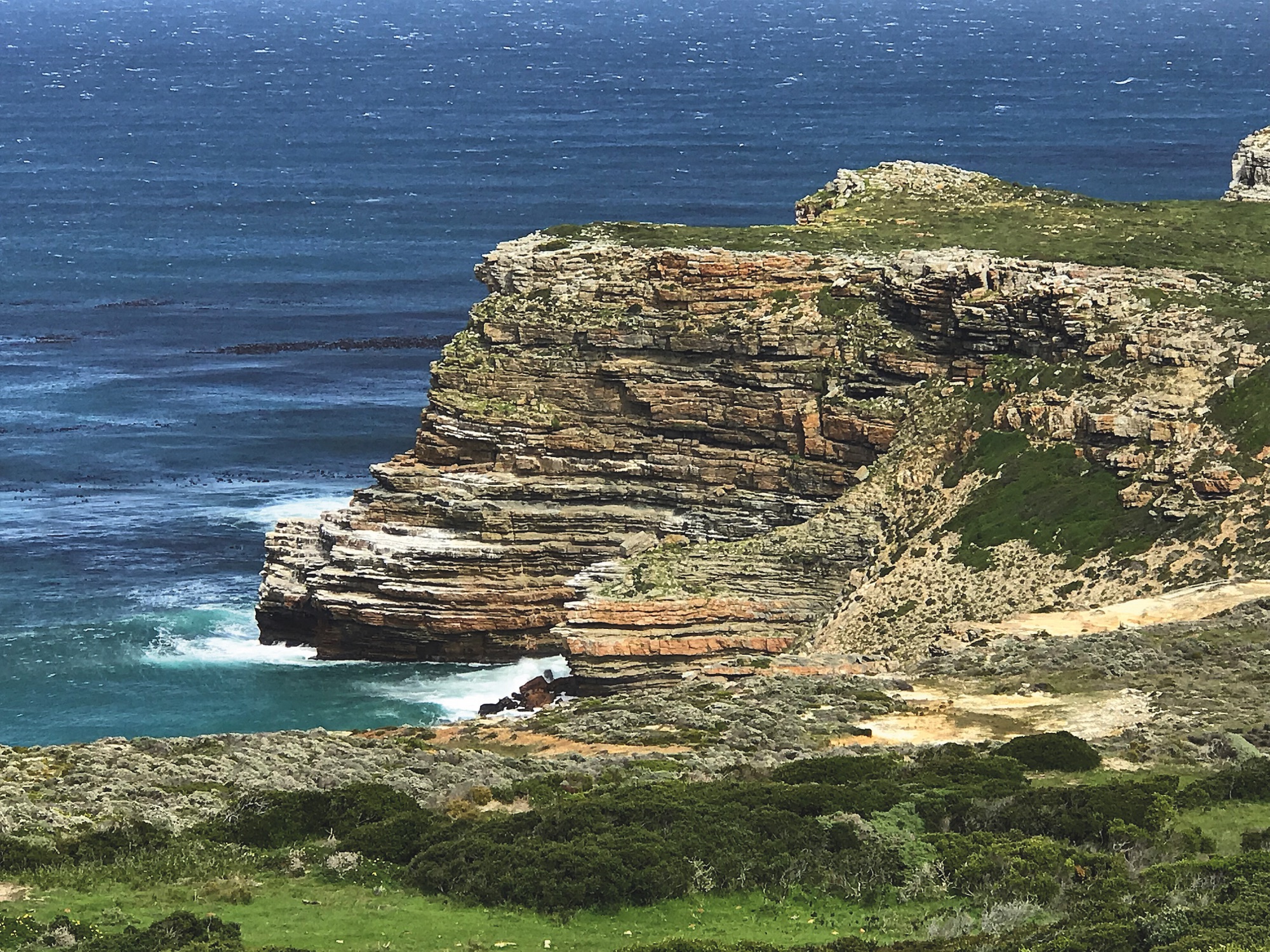
On the second day, we decided to go east and see penguins and the town of Hermanus. We also took a sea cruise to go whale watching.
On our last day in Cape Town, we took a bus to the Good Hope with a few stops: Kirstenbosch National Botanical Garden, Chapmans Peak Lookout Stop, Boulders (Simon’s Town) Penguin Colony, Simon’s Town, Shark Viewing, and a Cage Diving Cruise. After all that, we headed back to Cape Town airport.
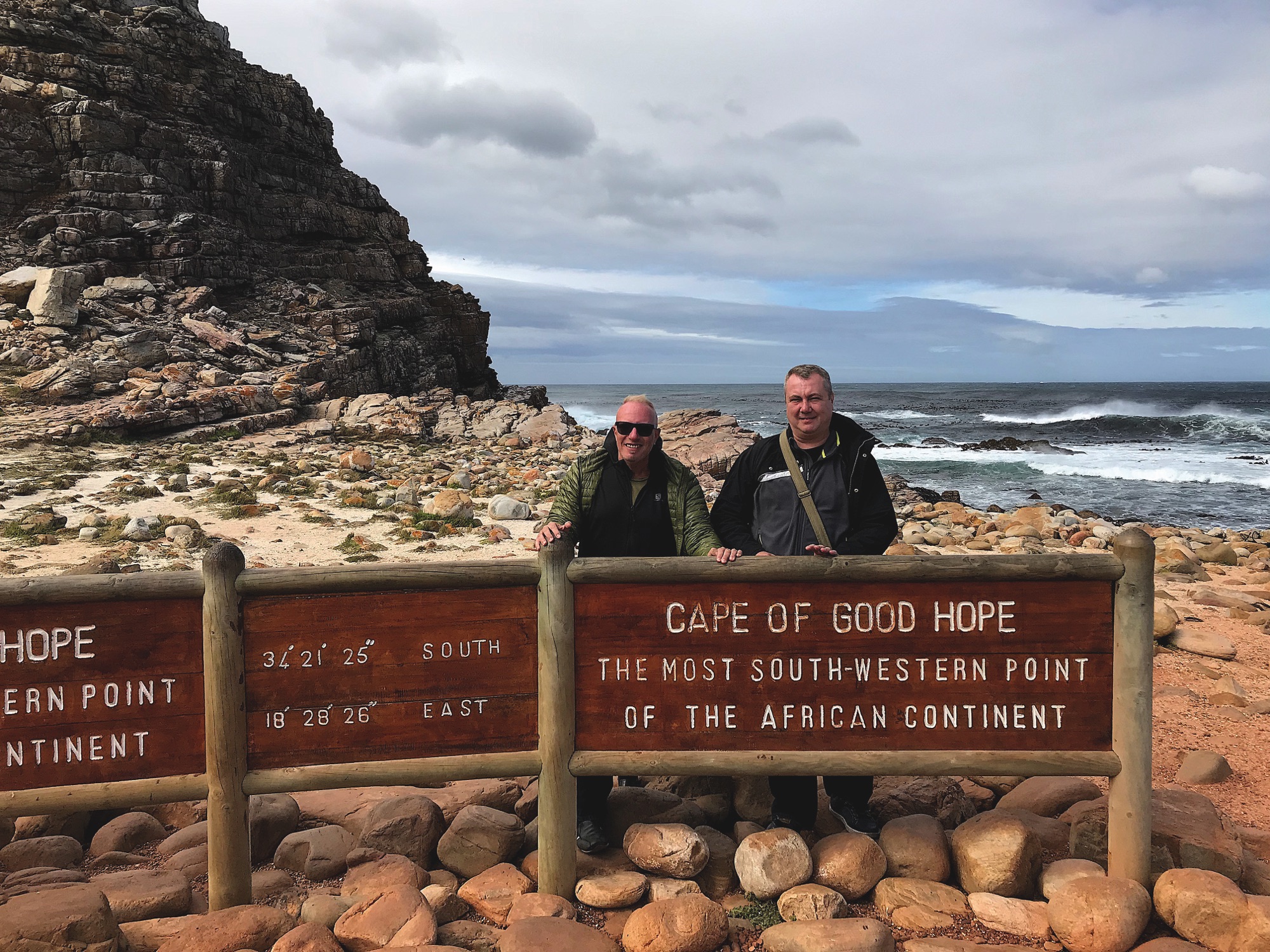
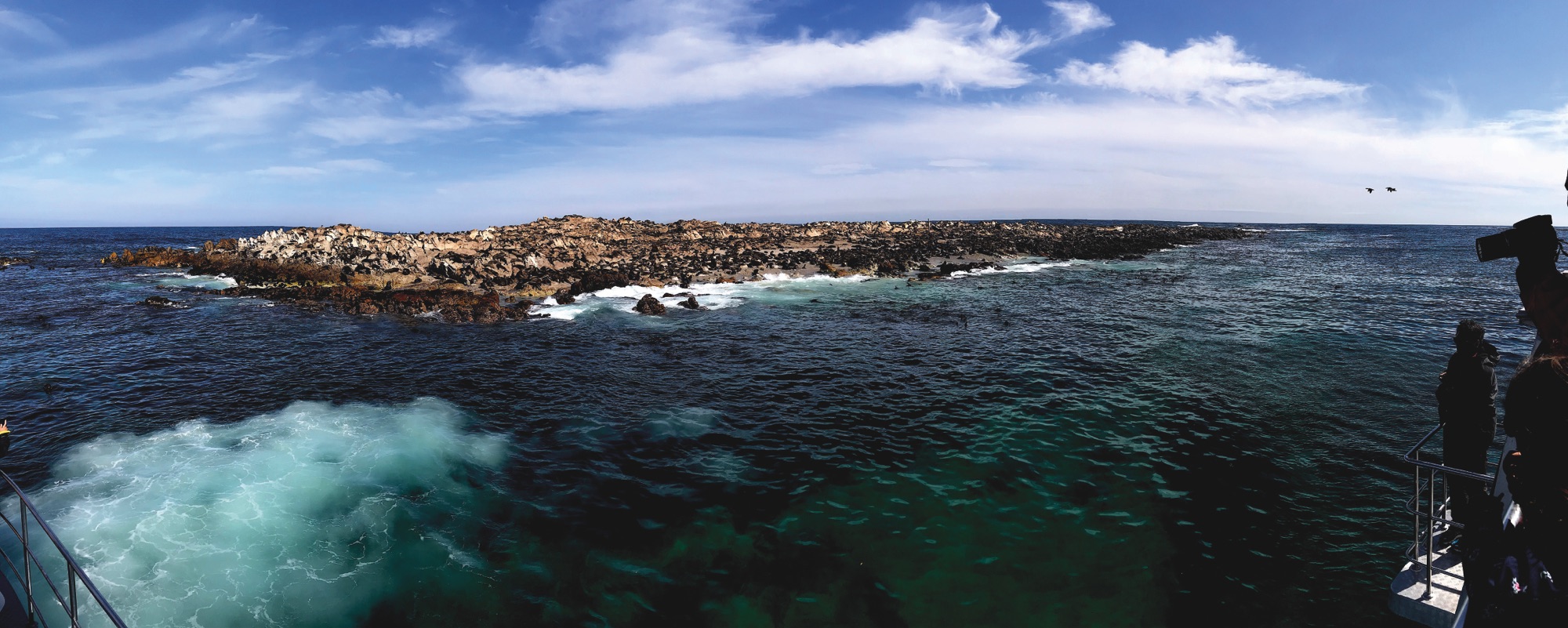
END OF PART ONE

